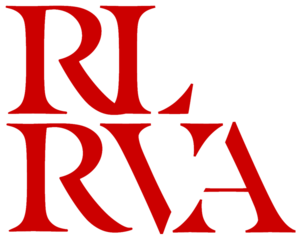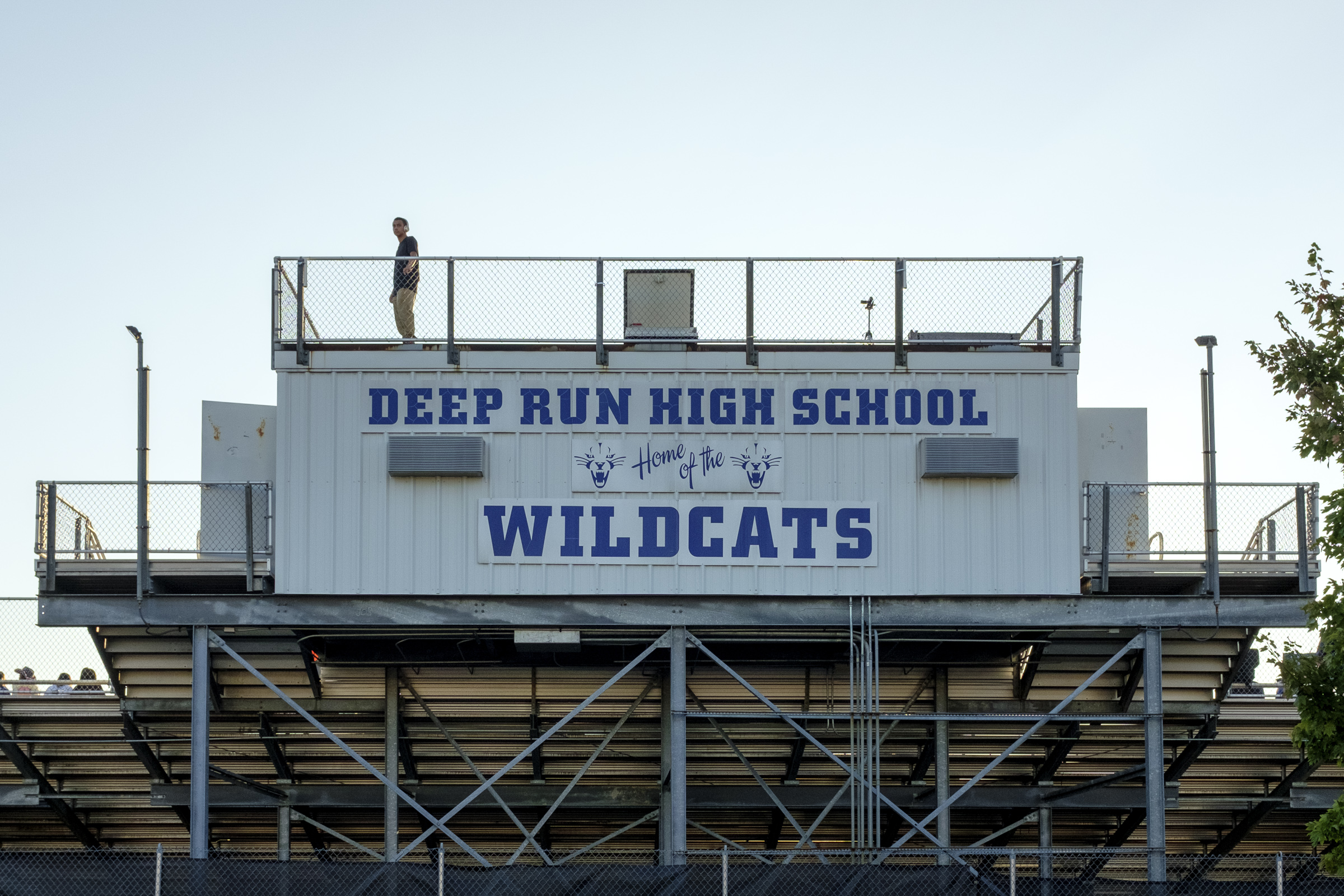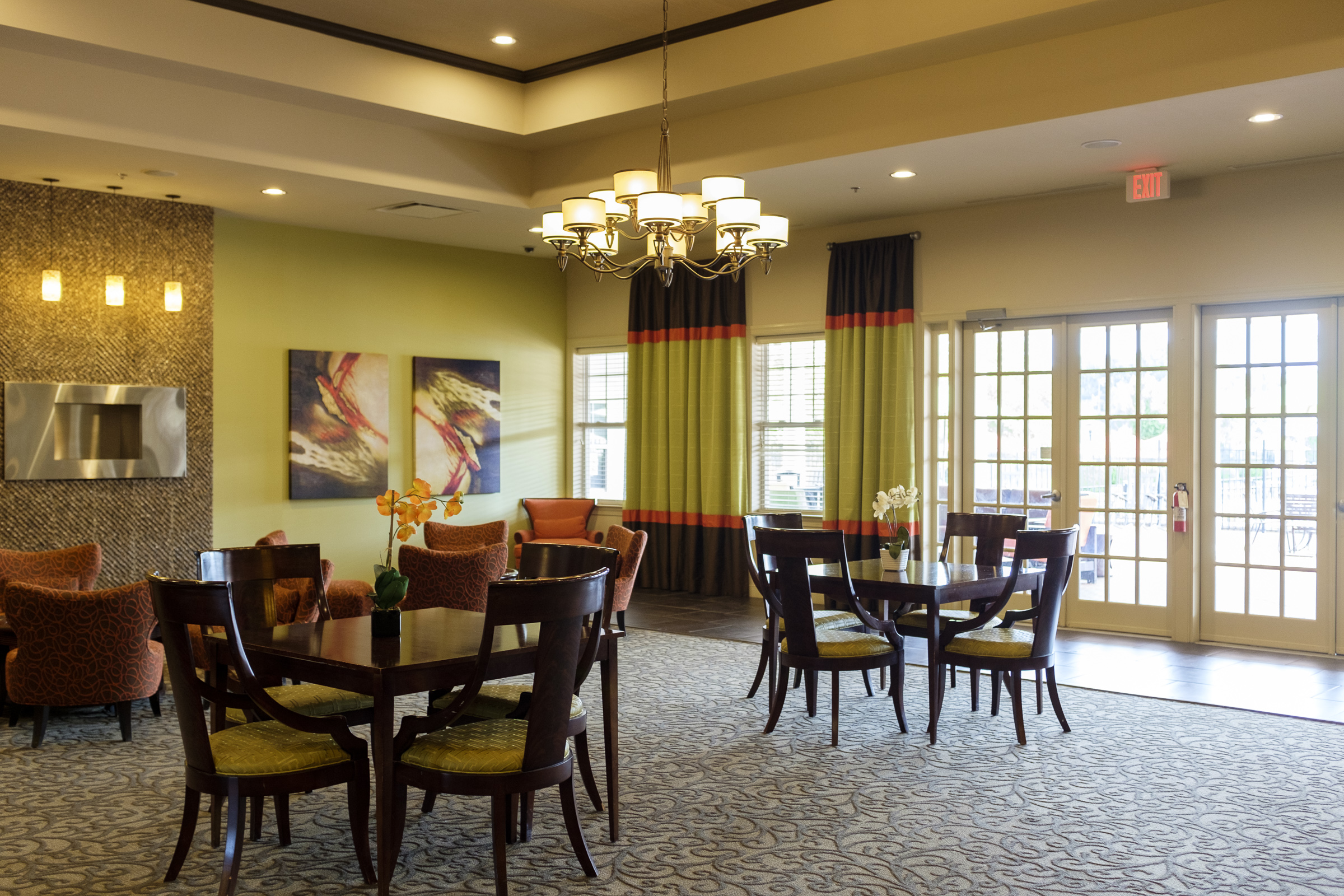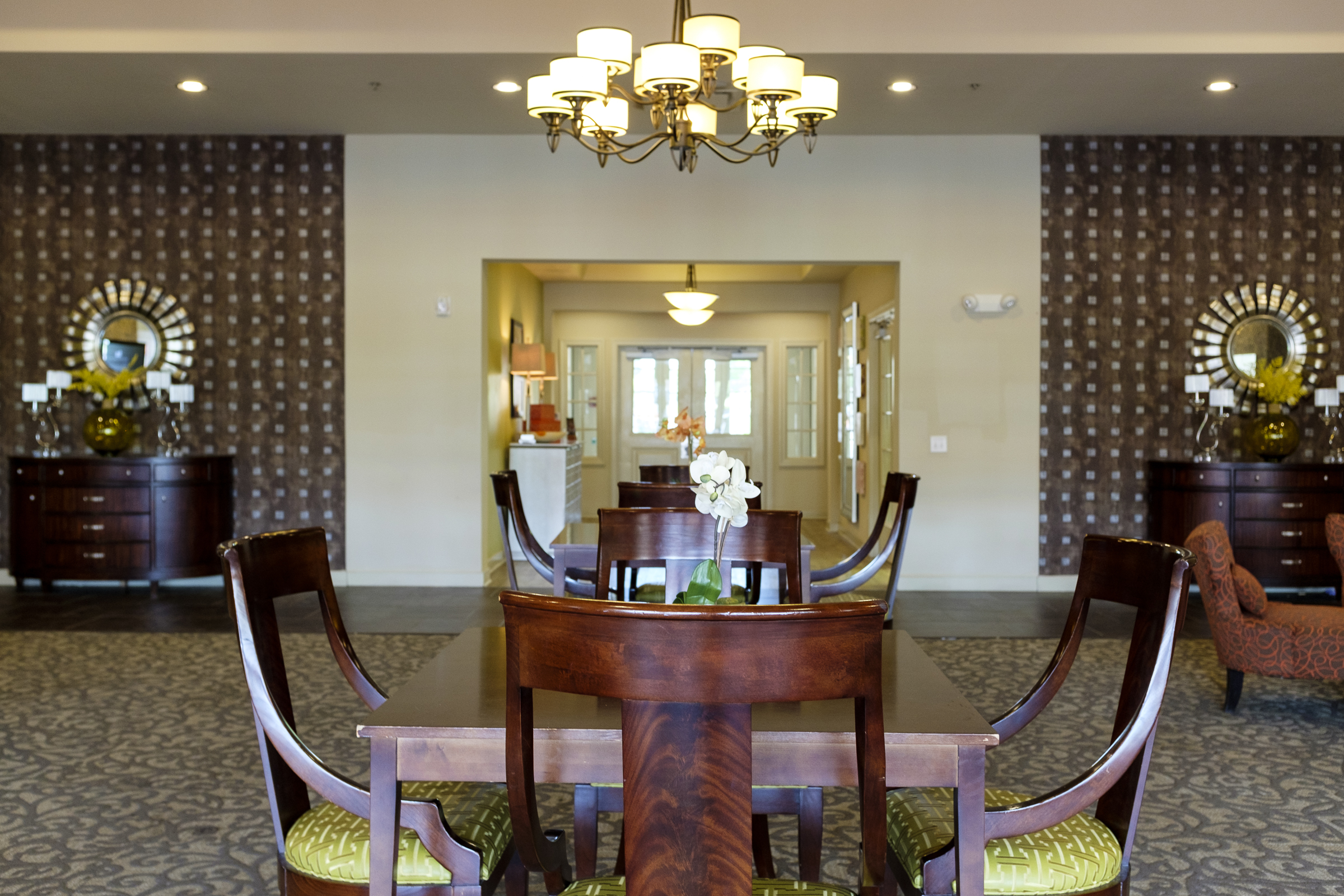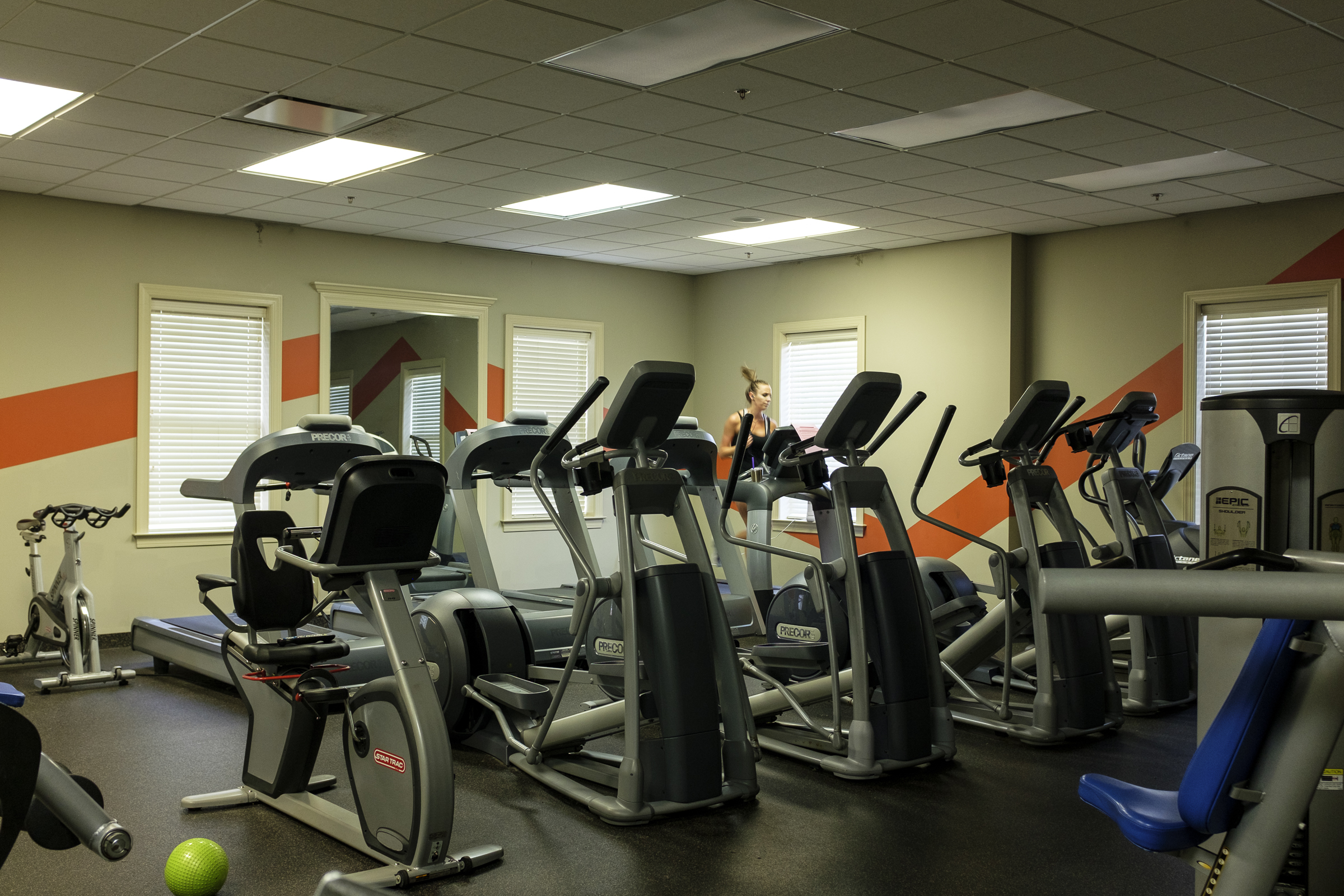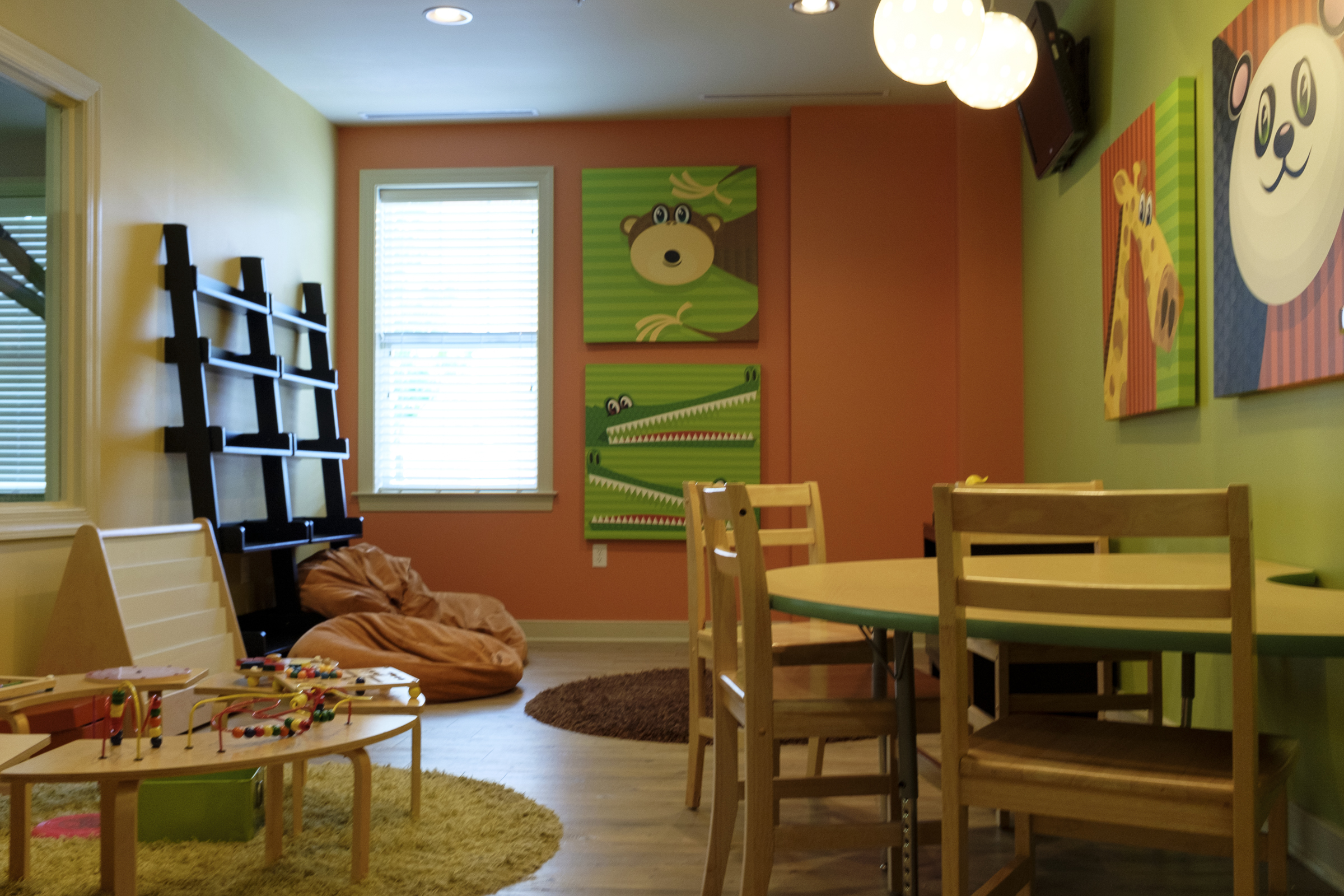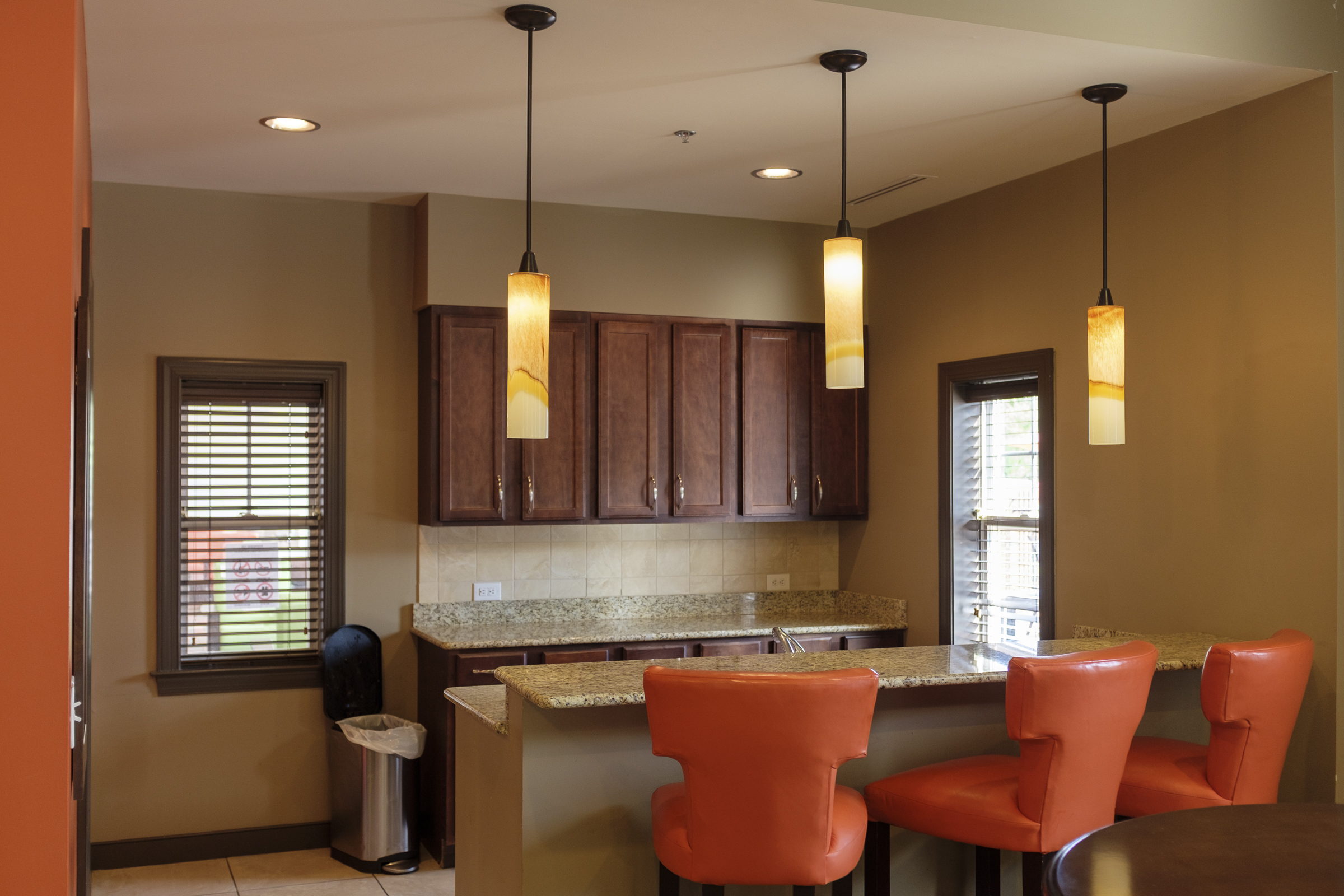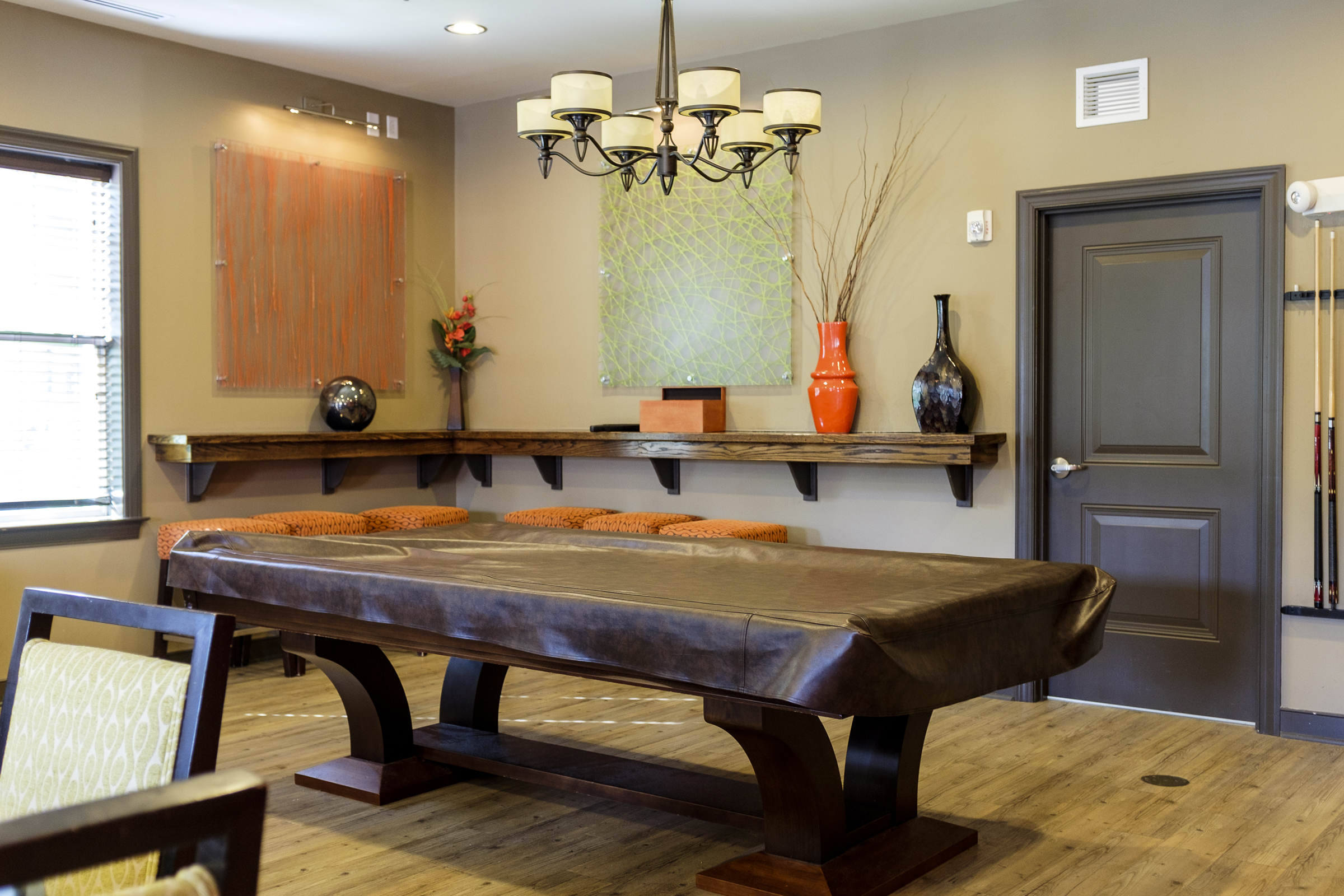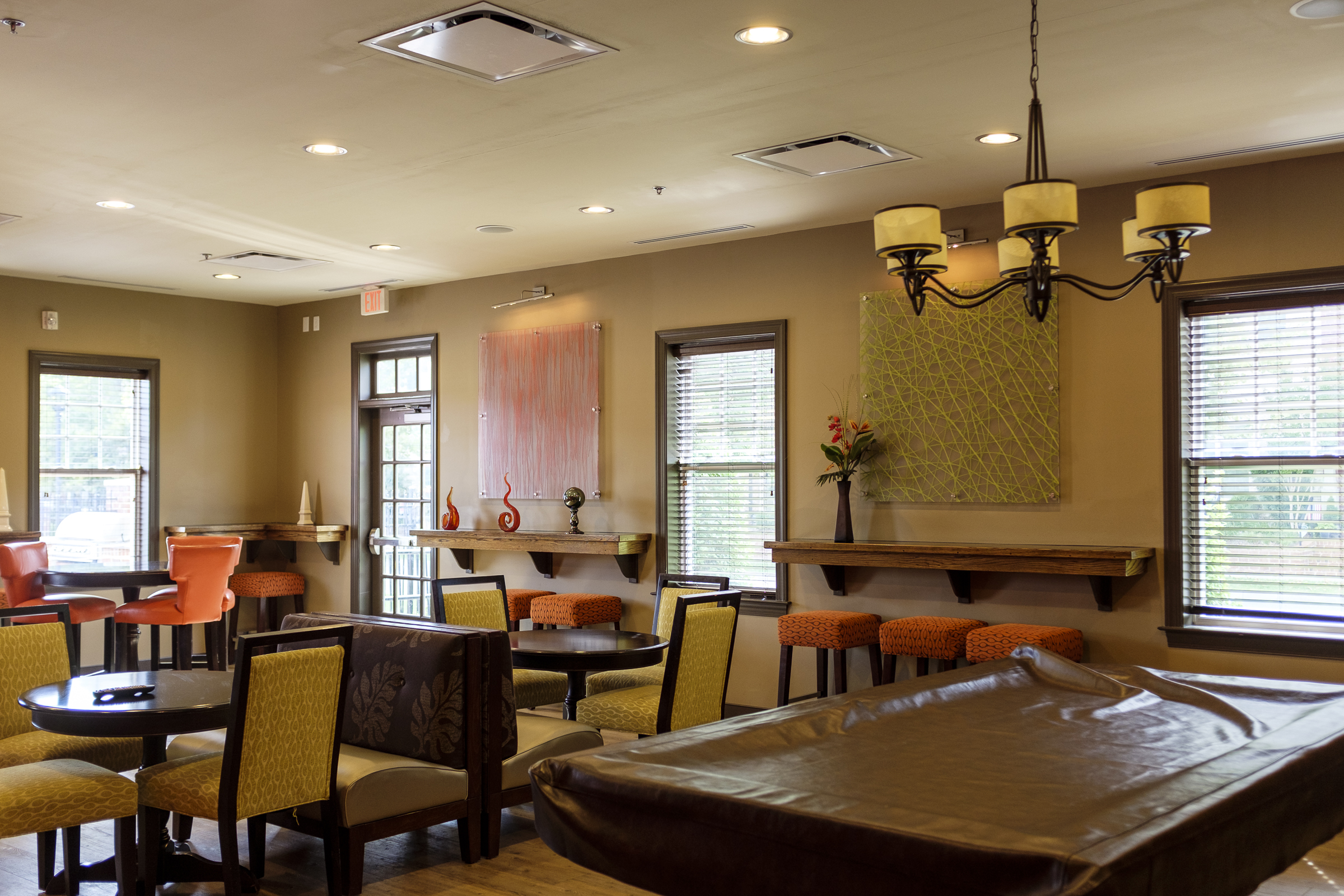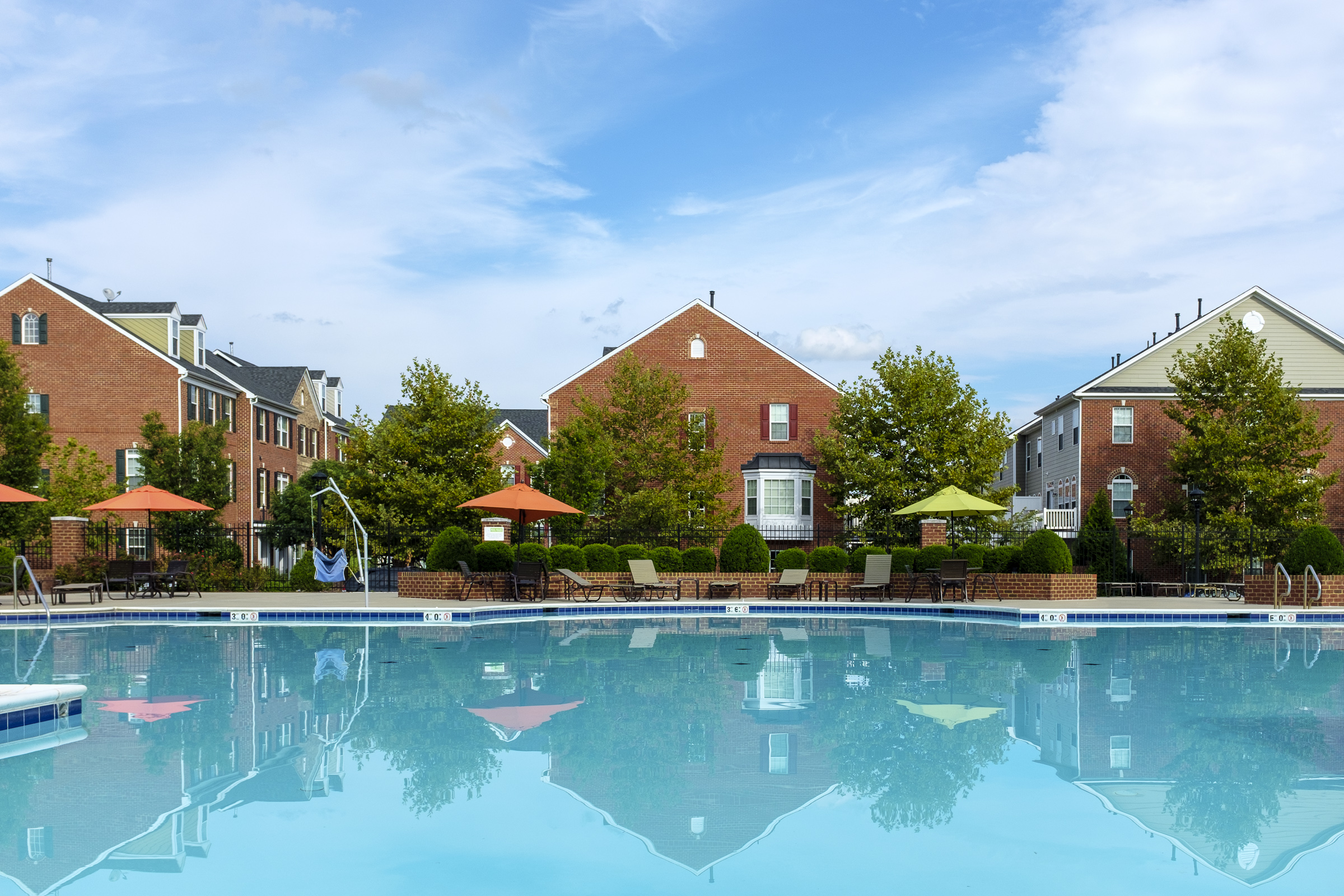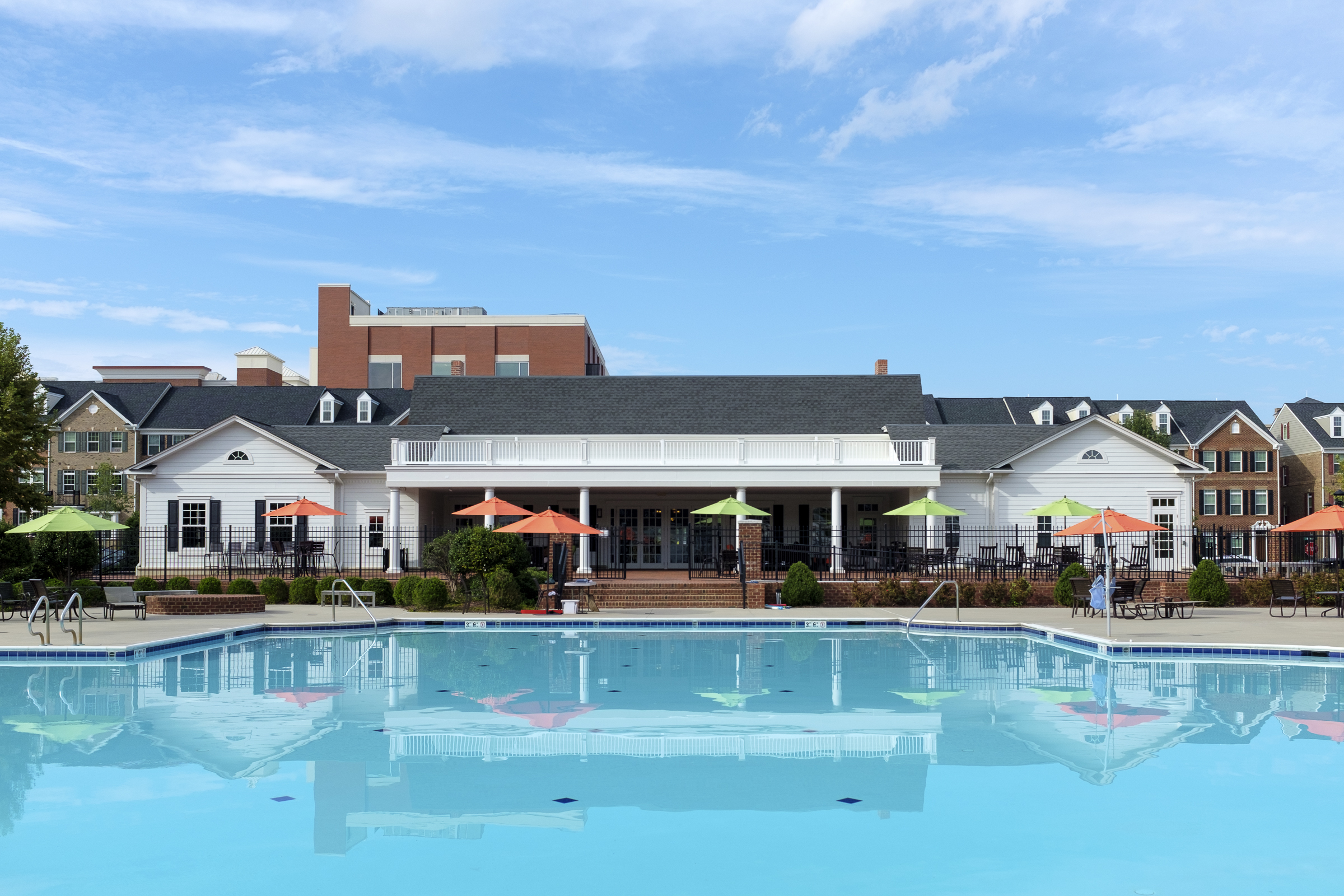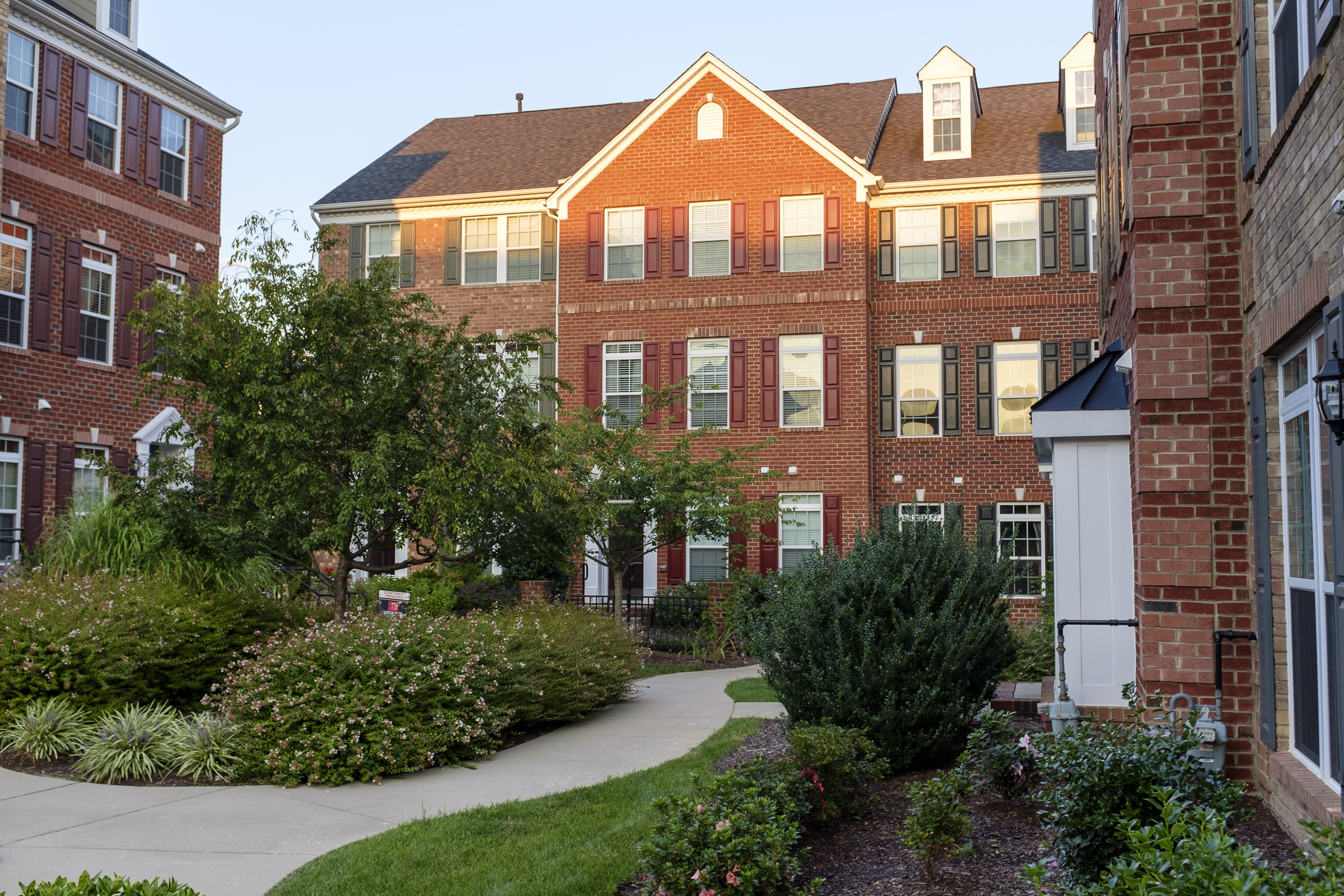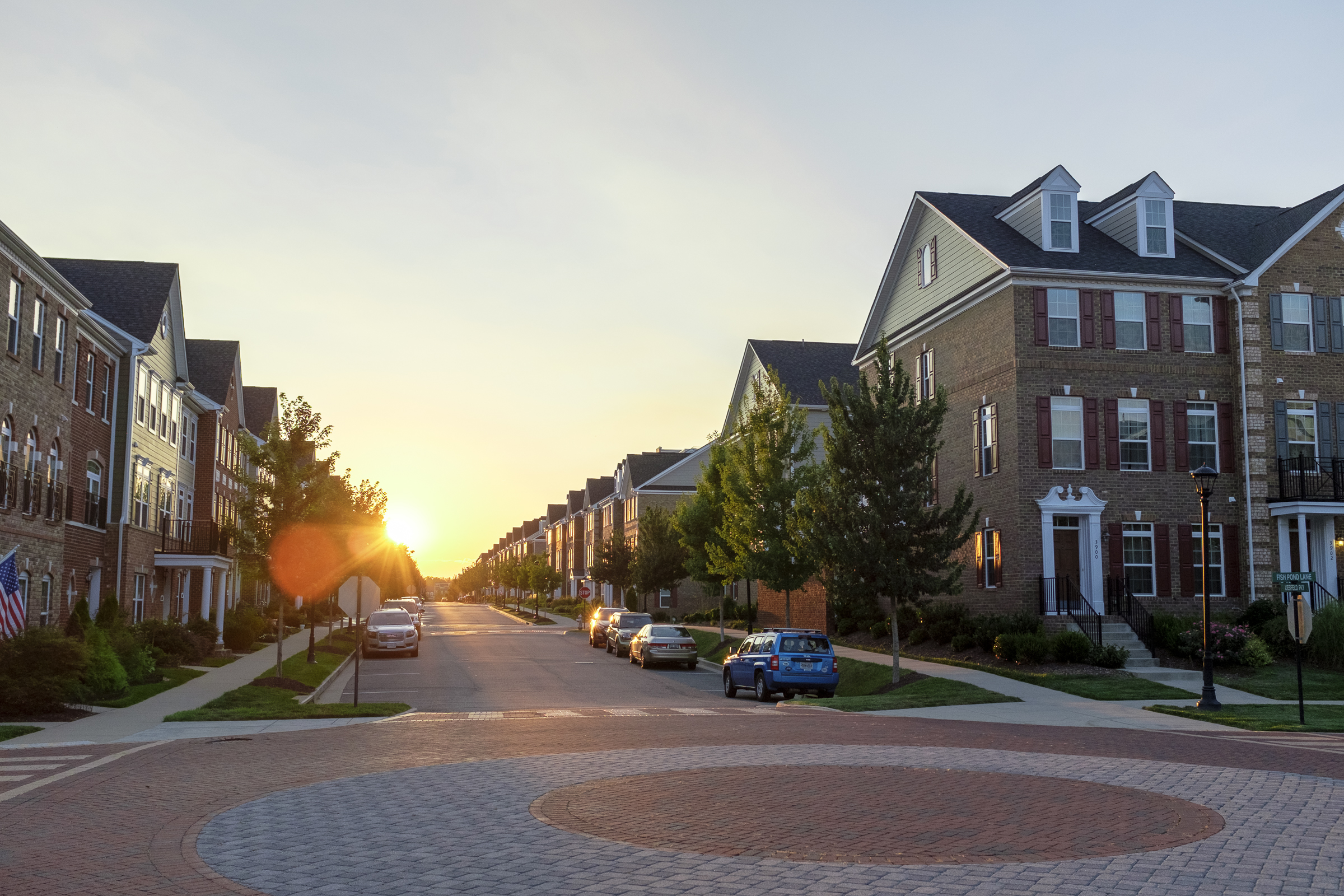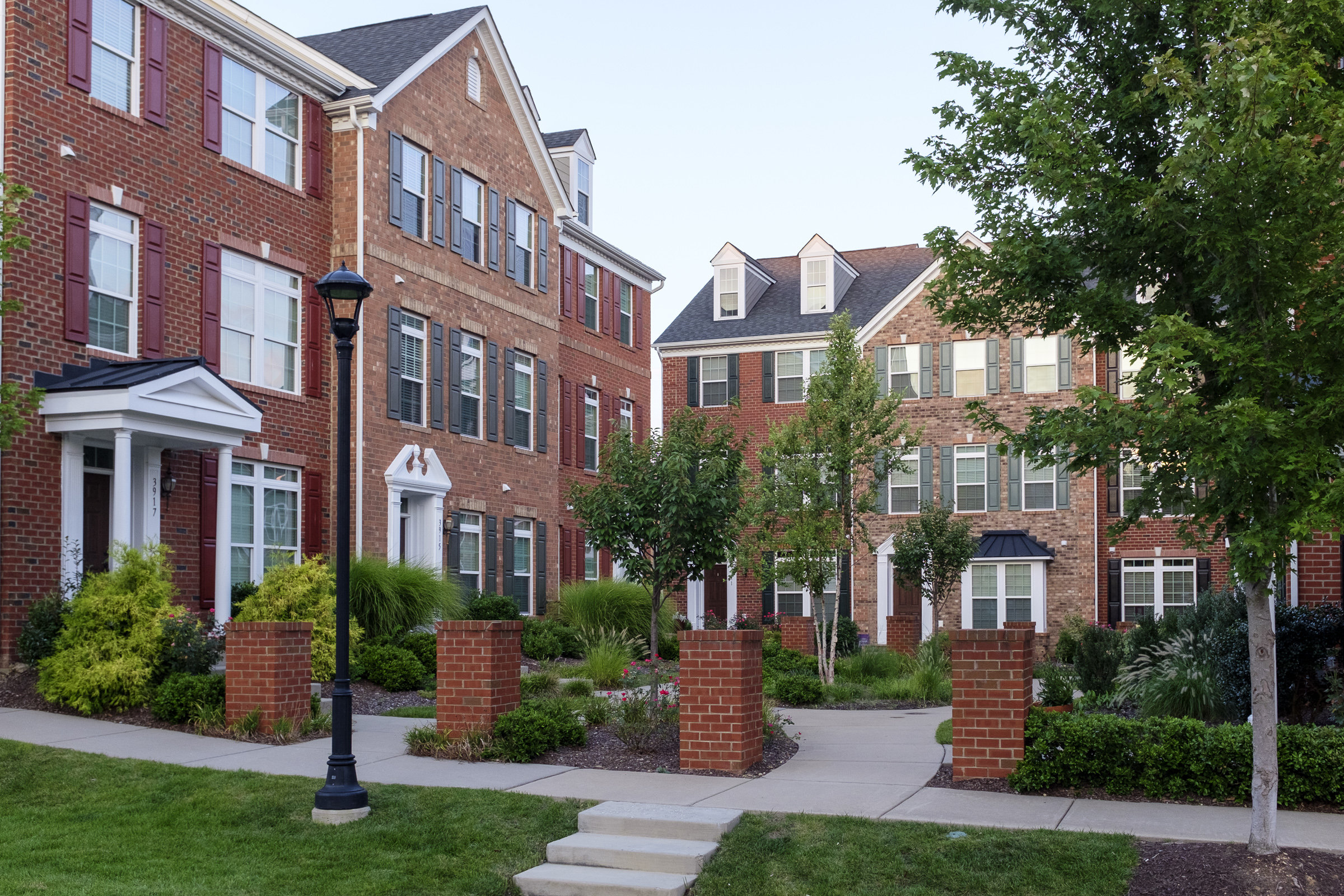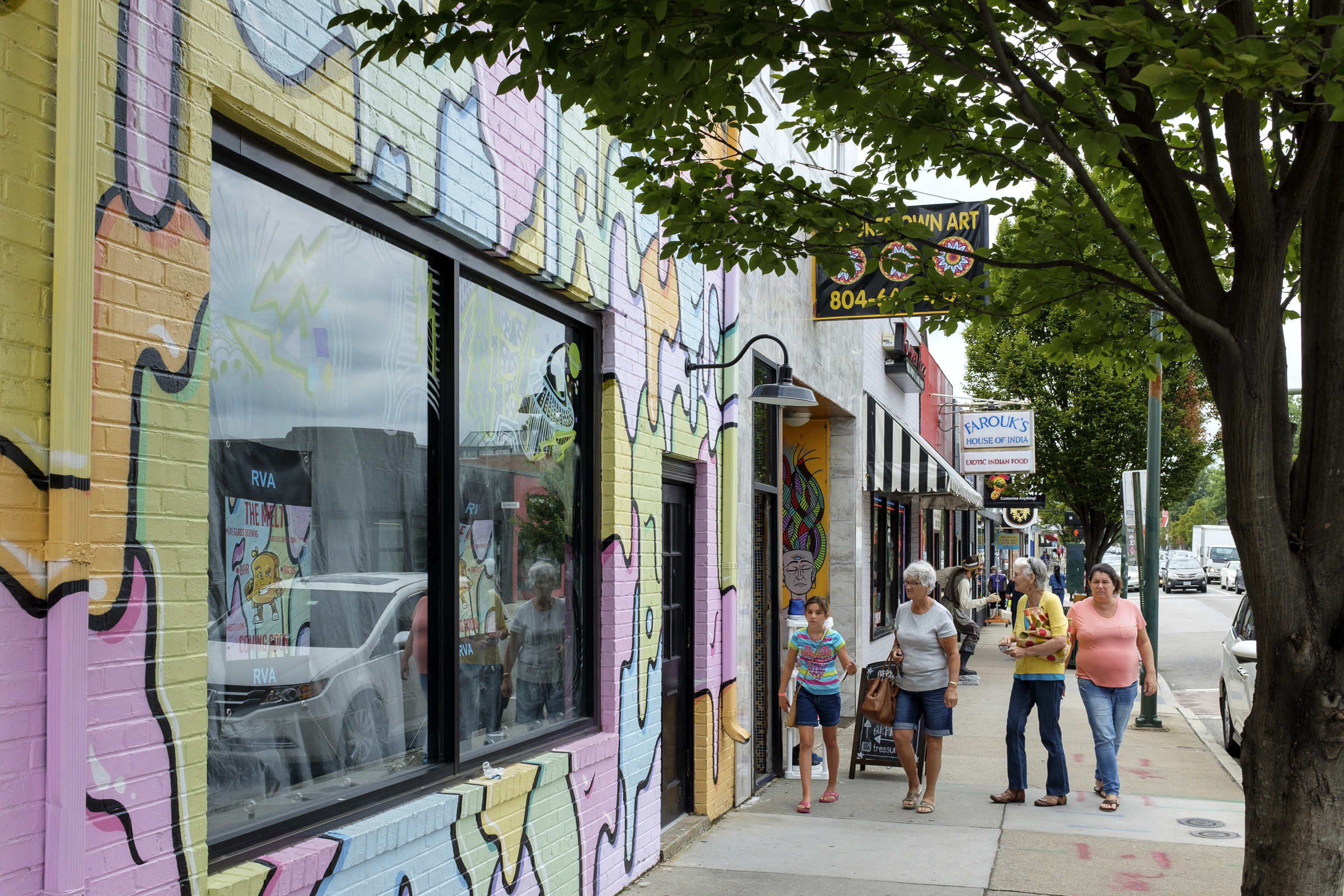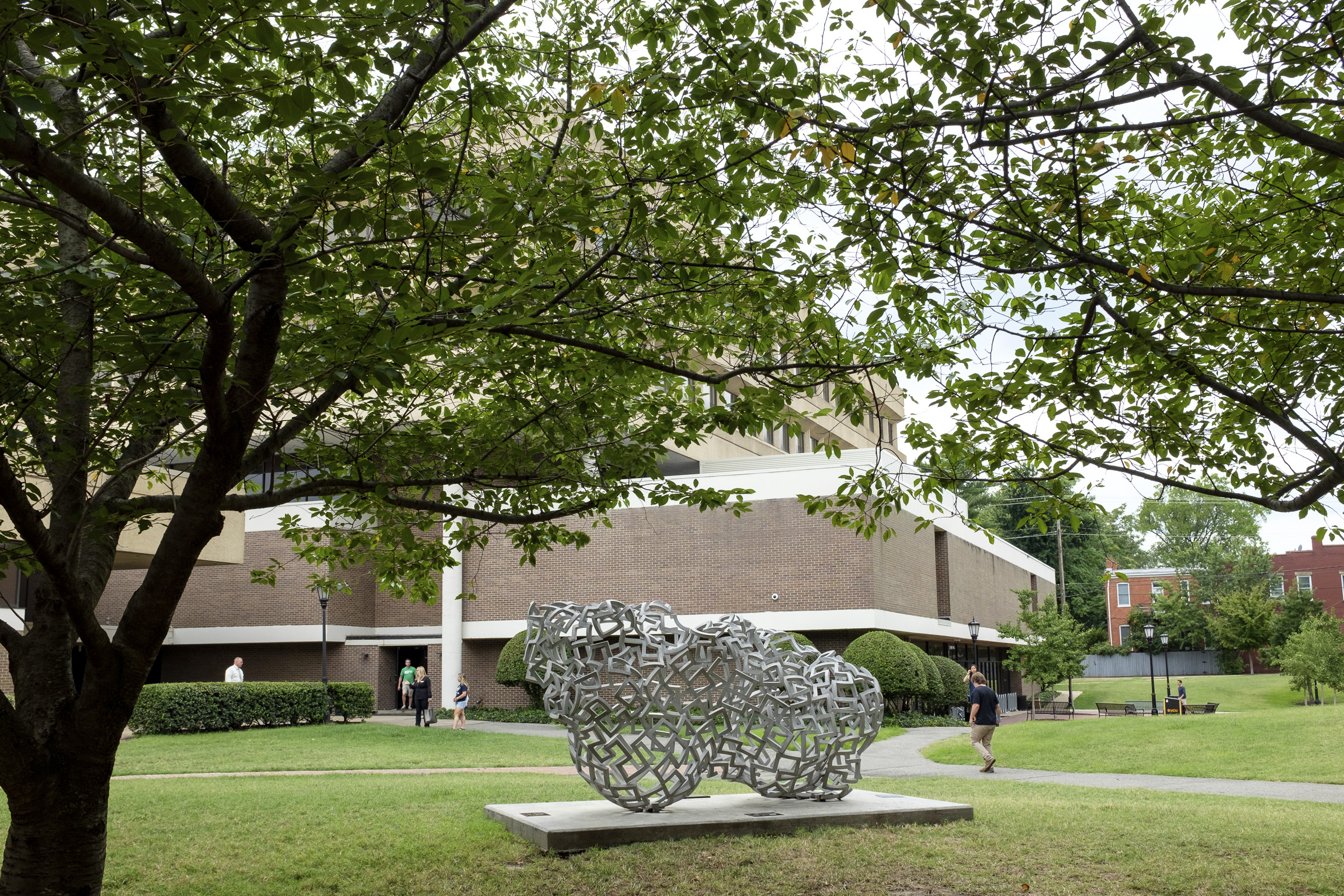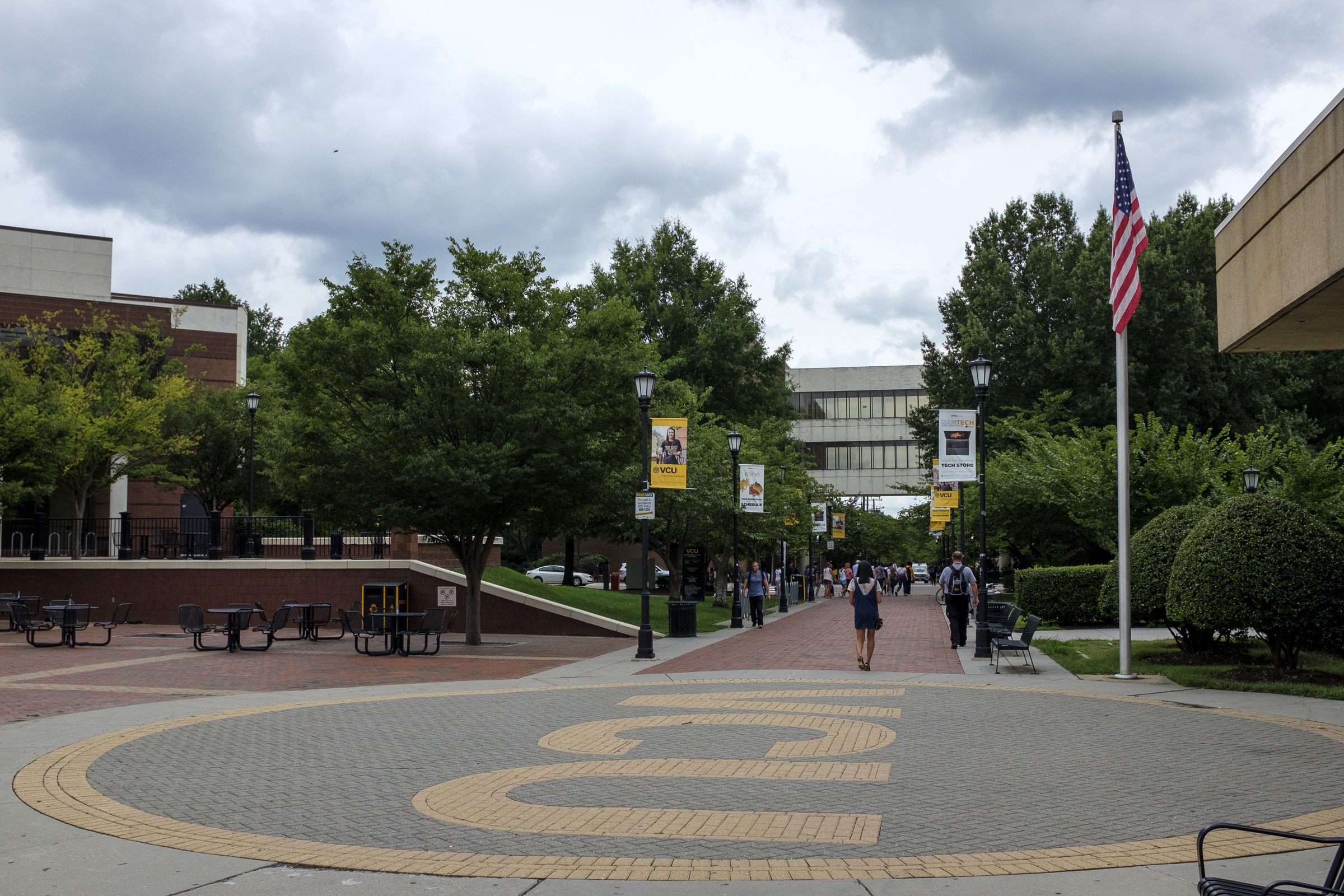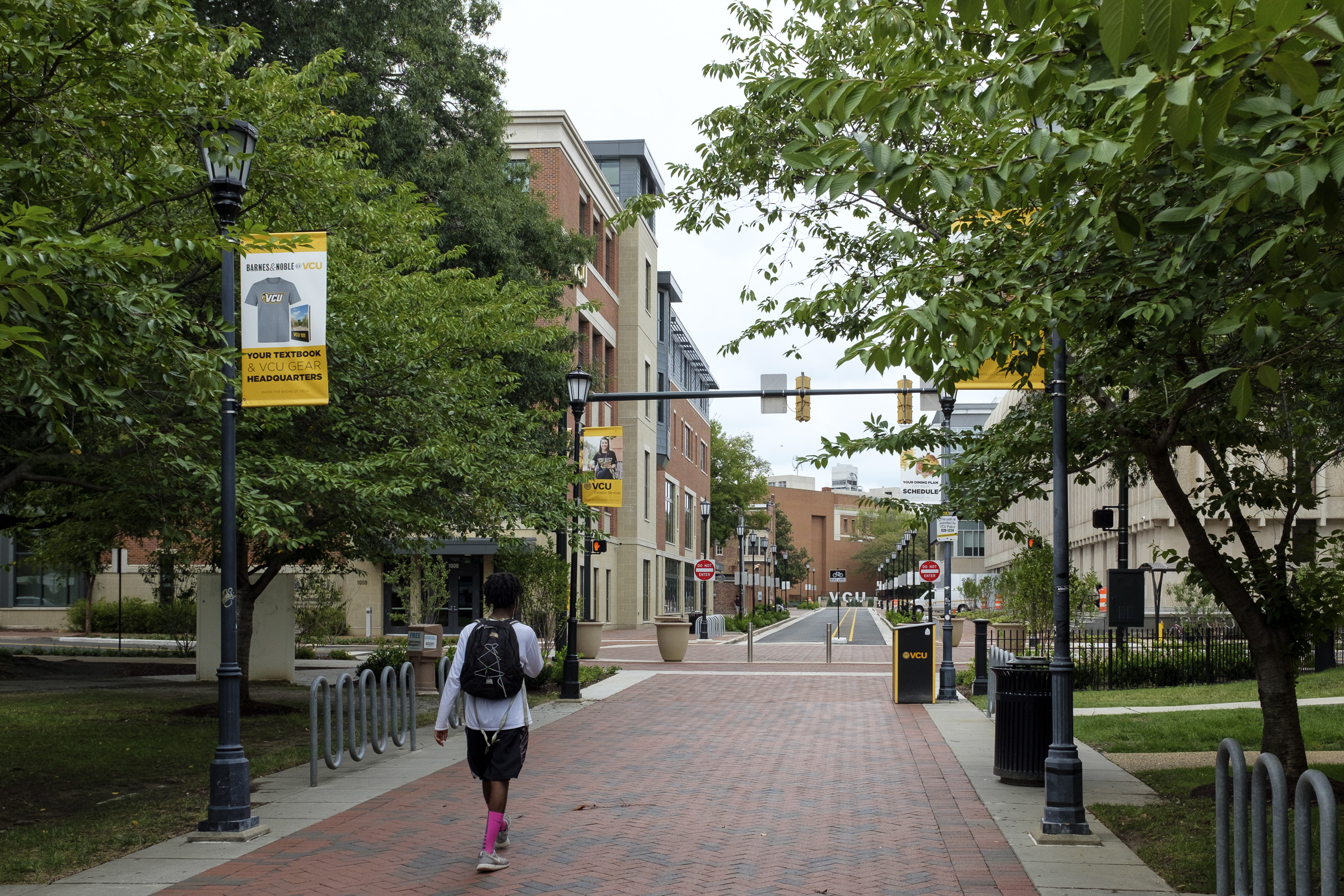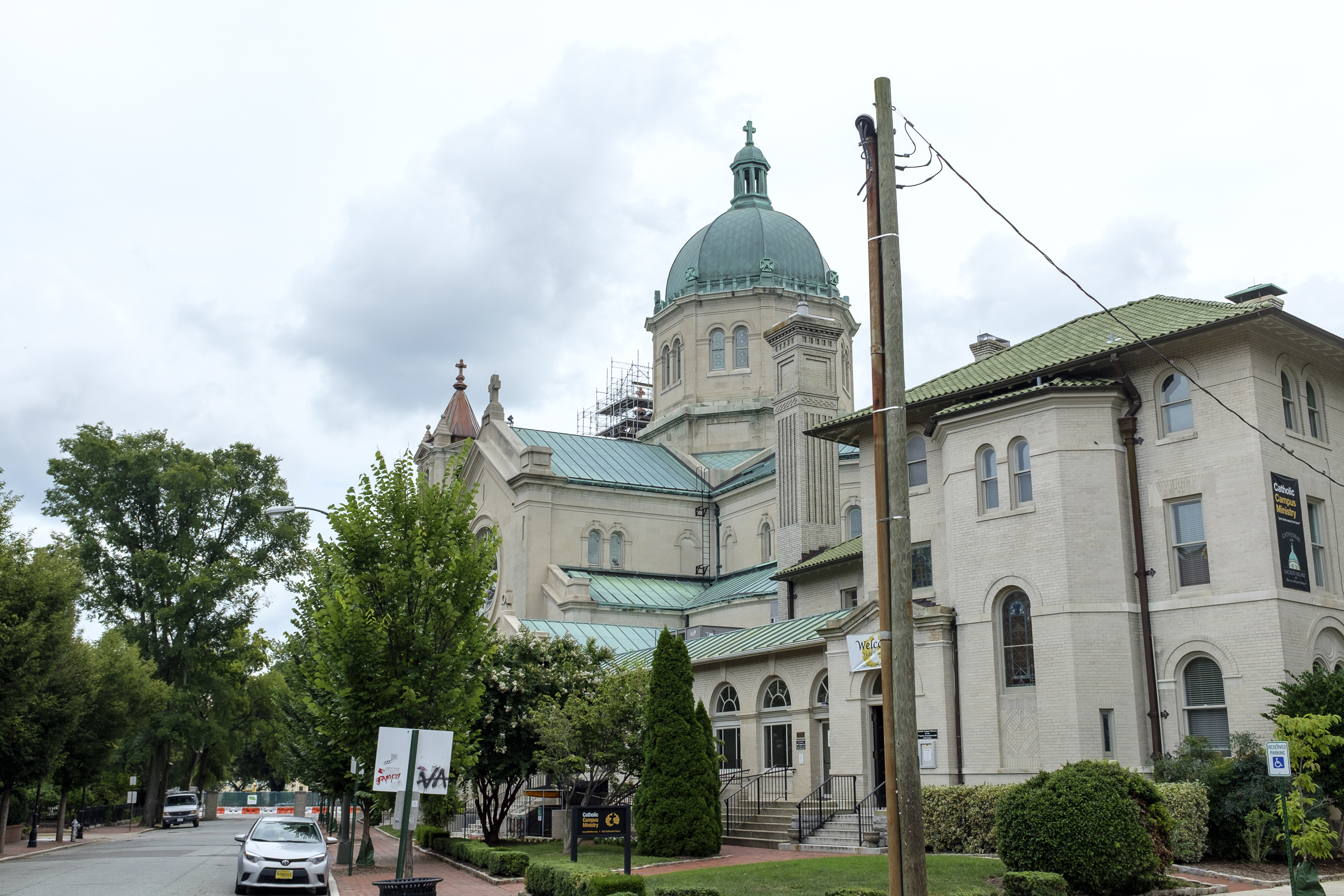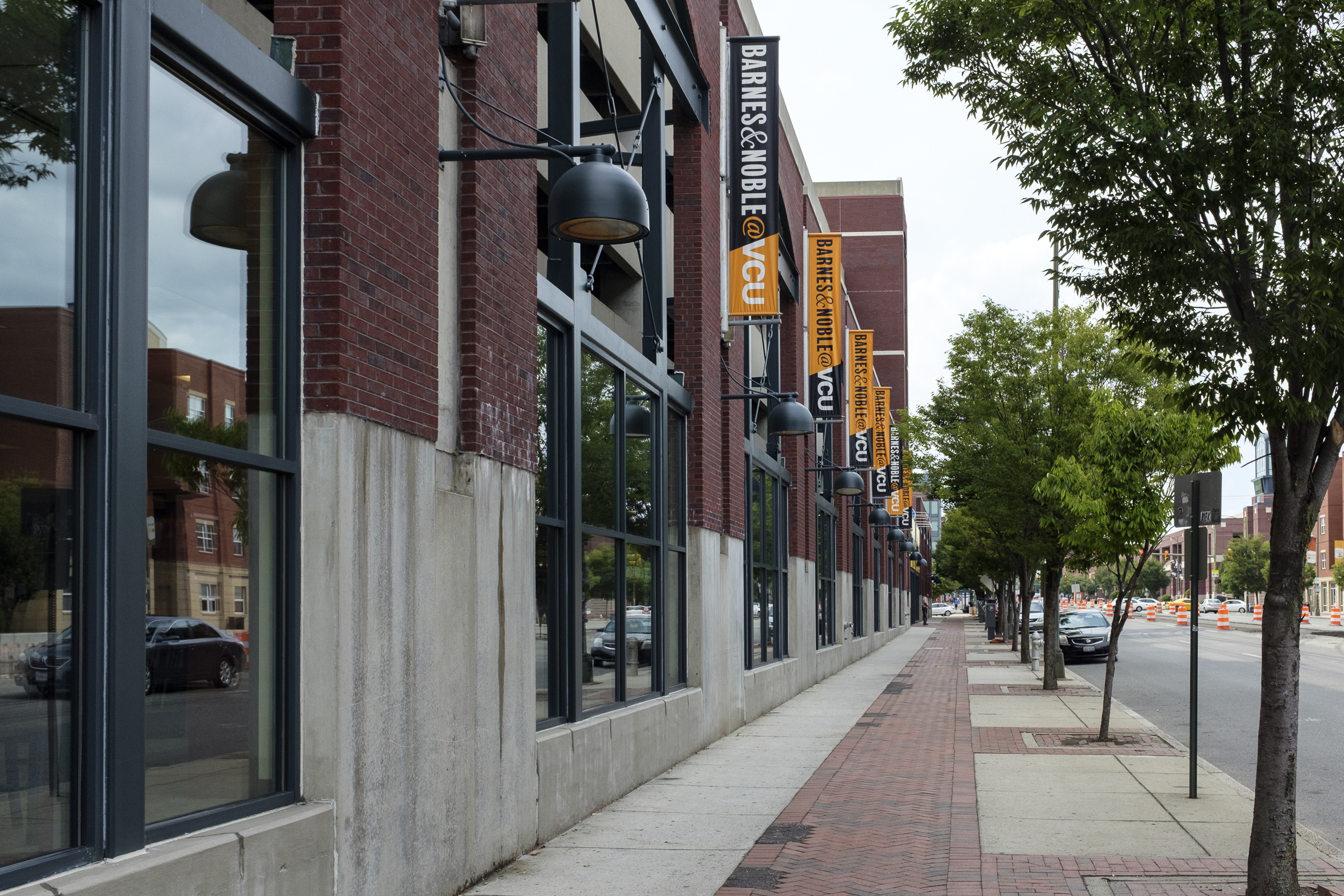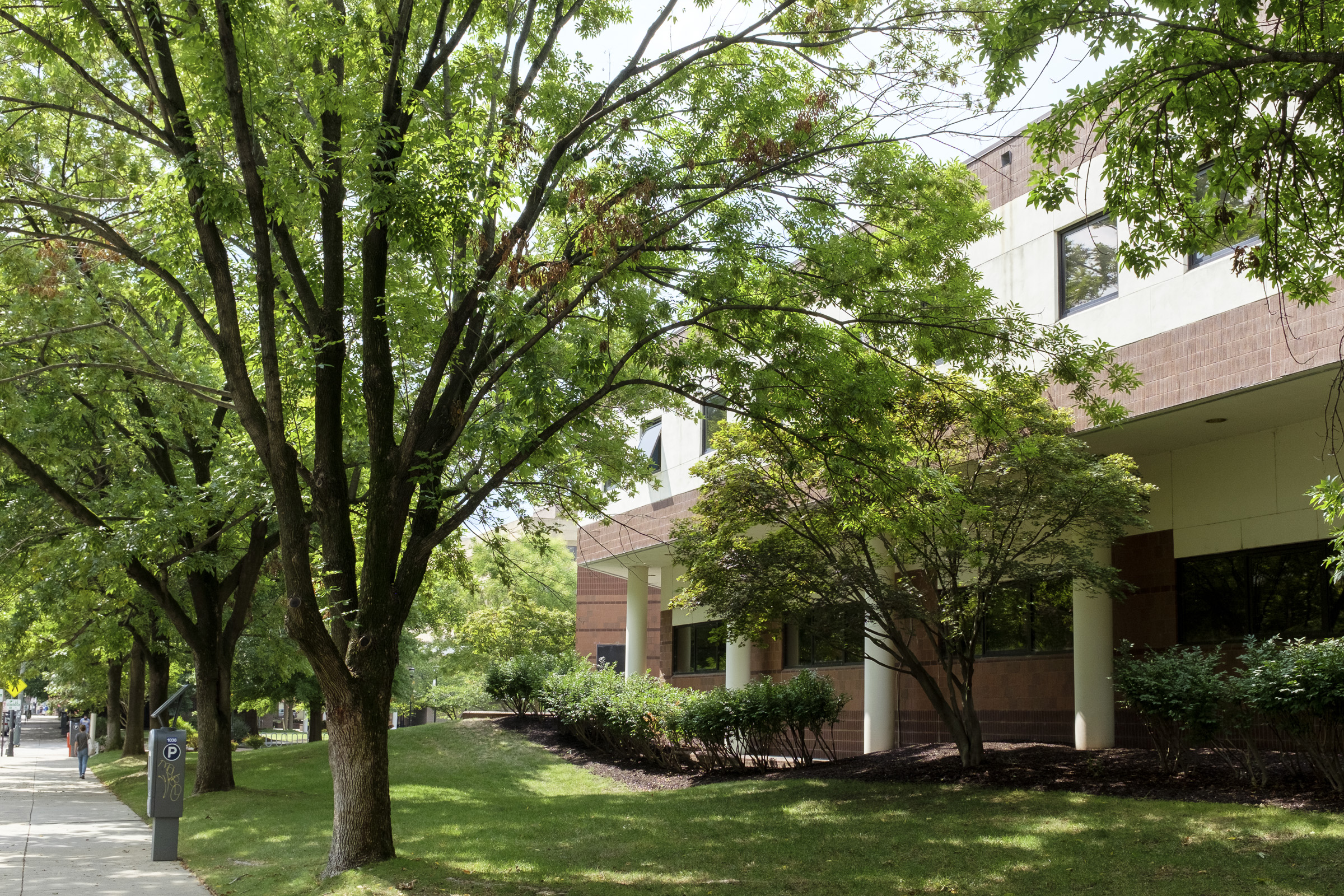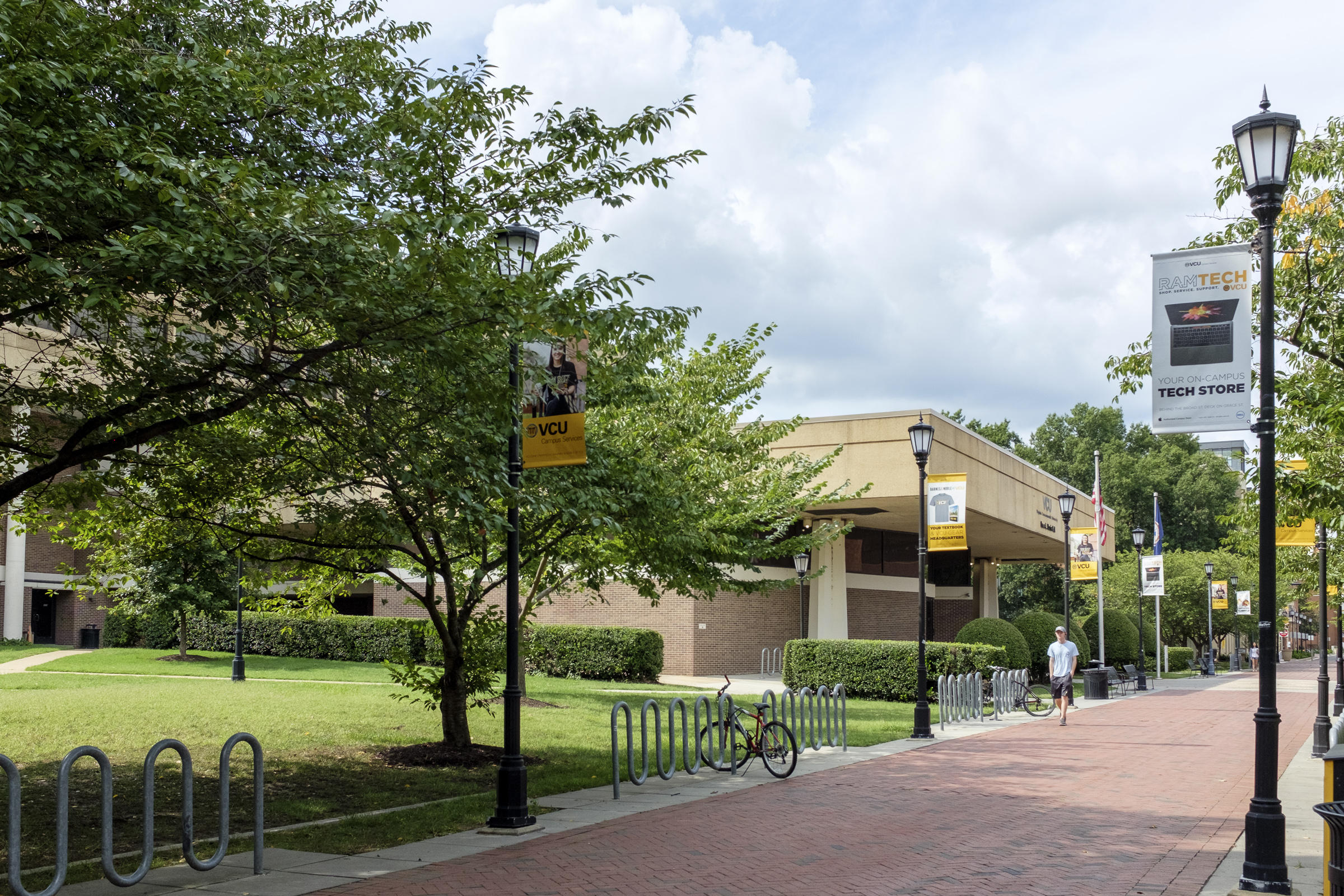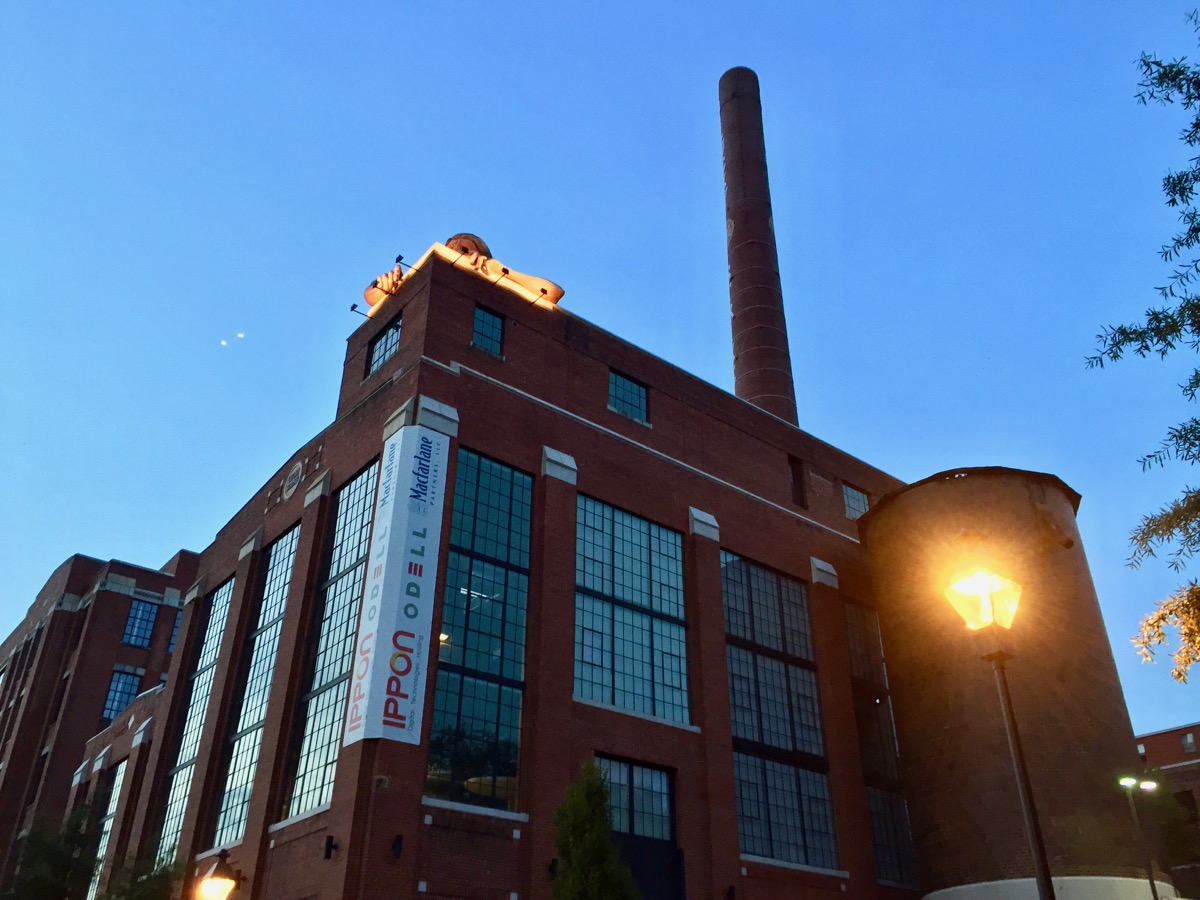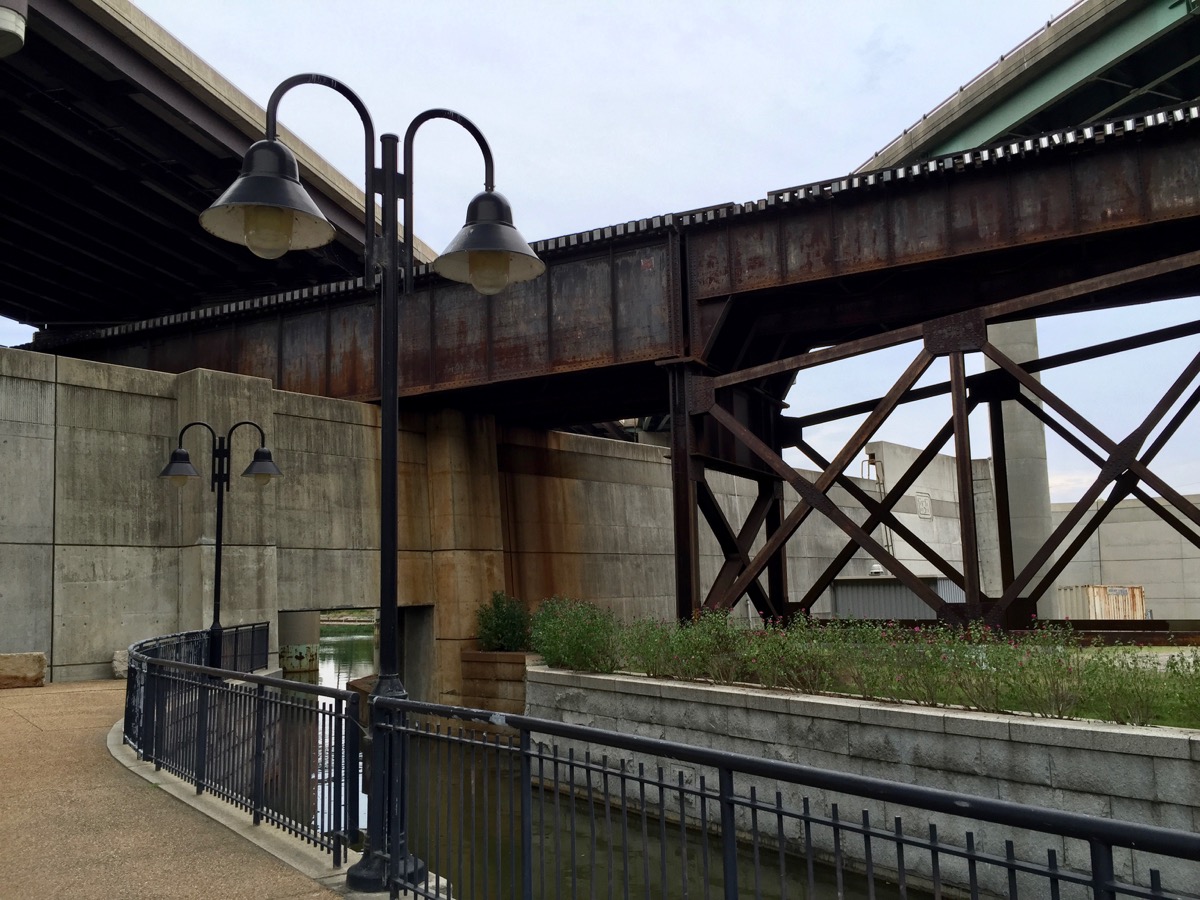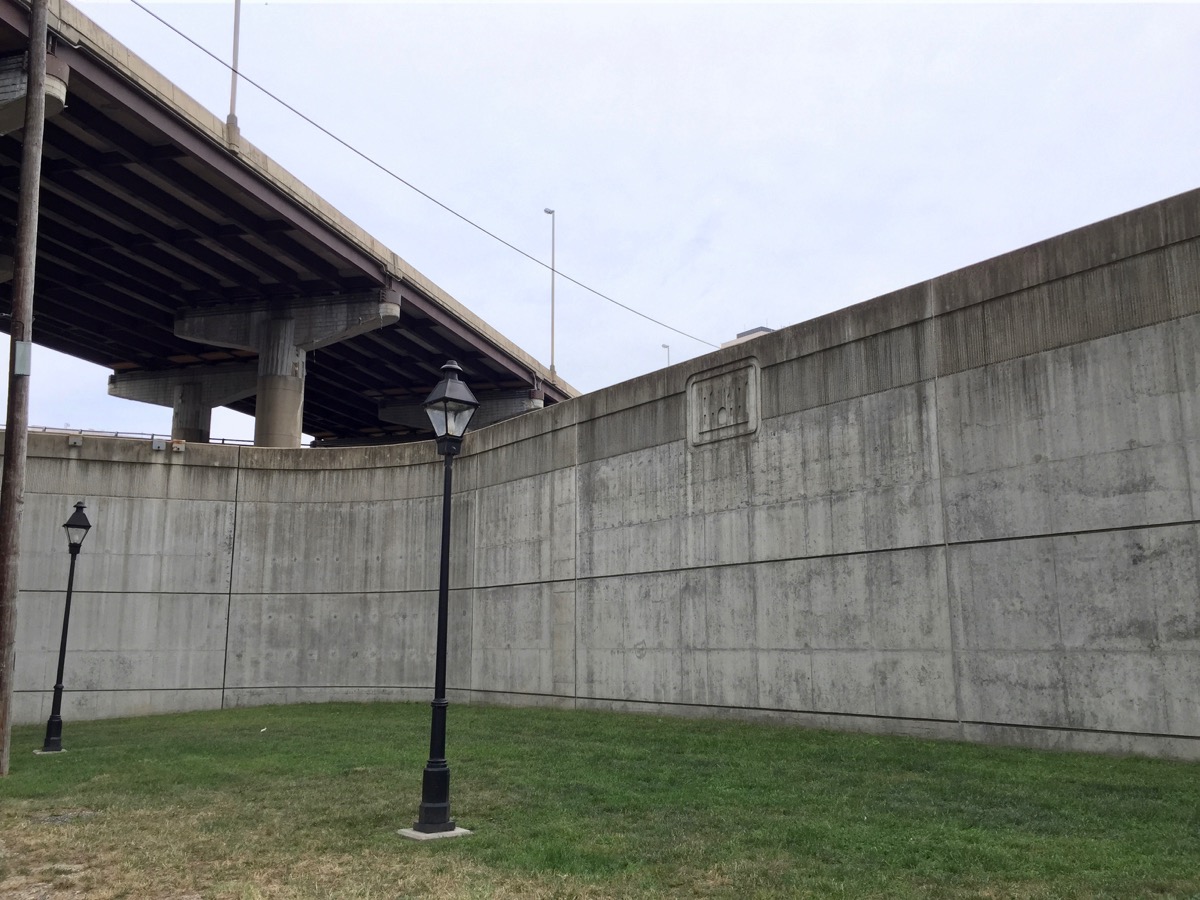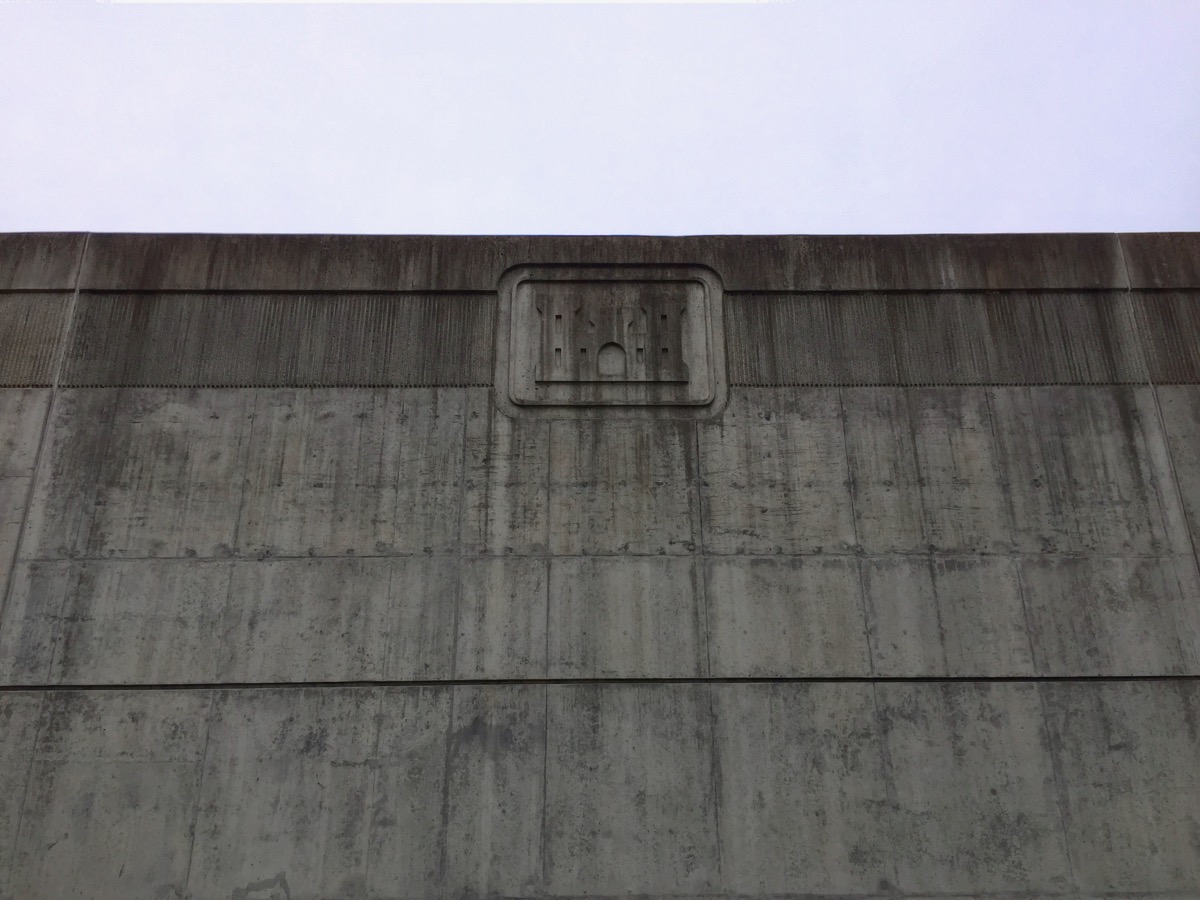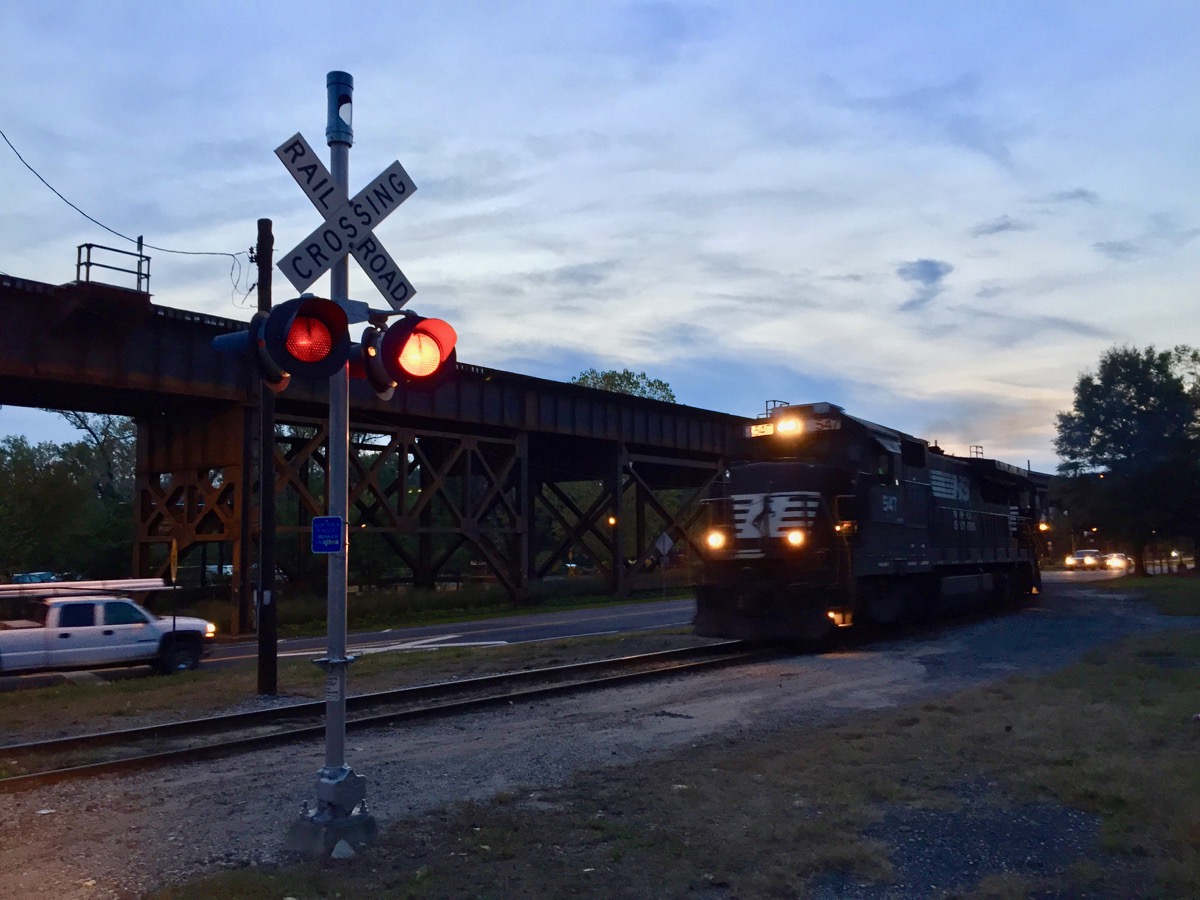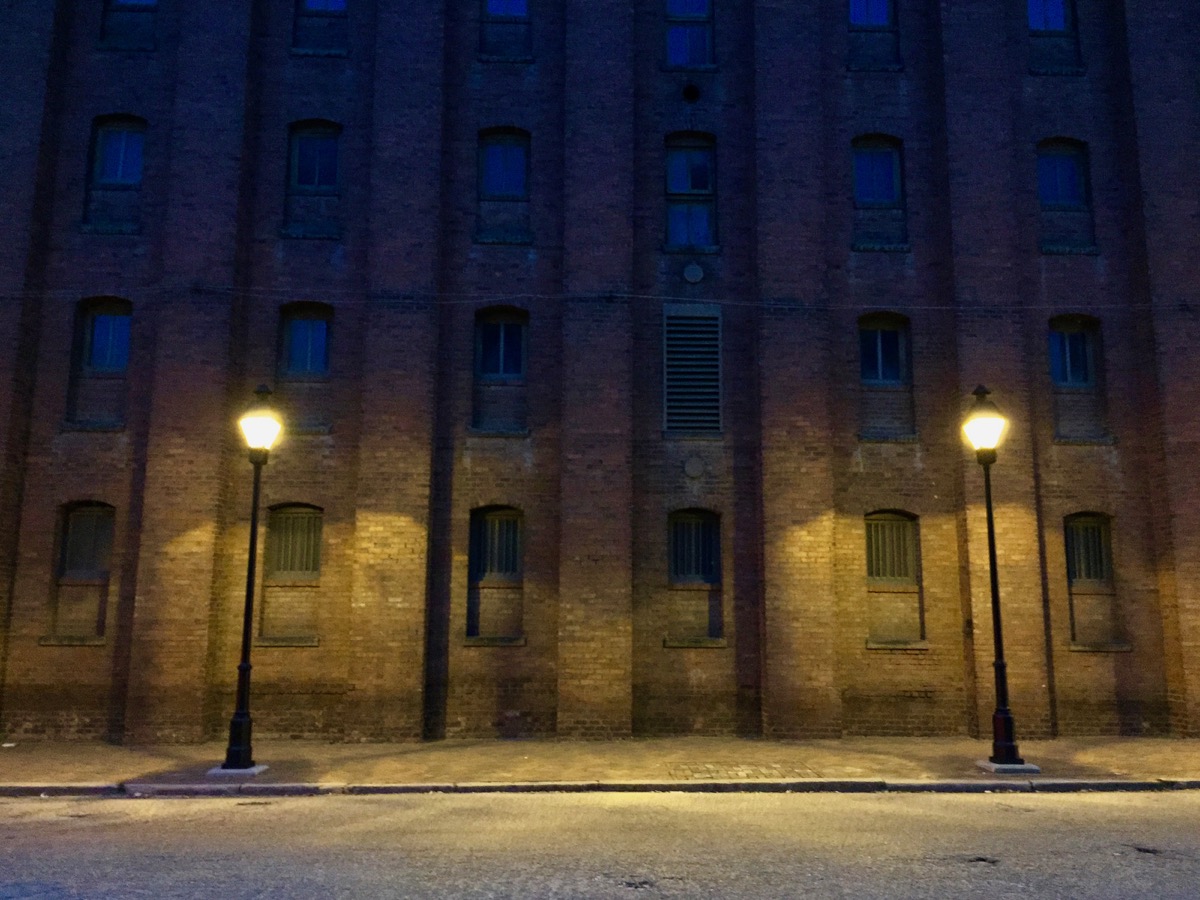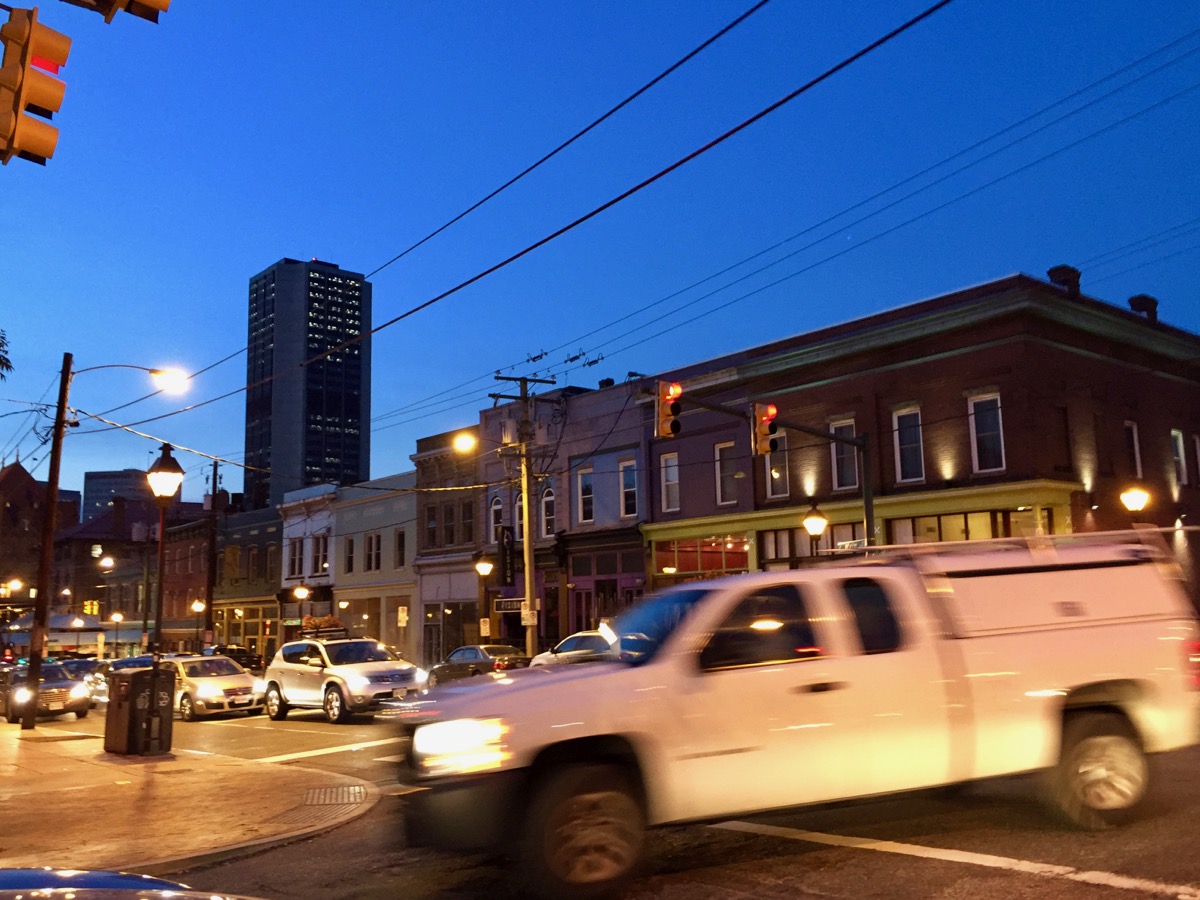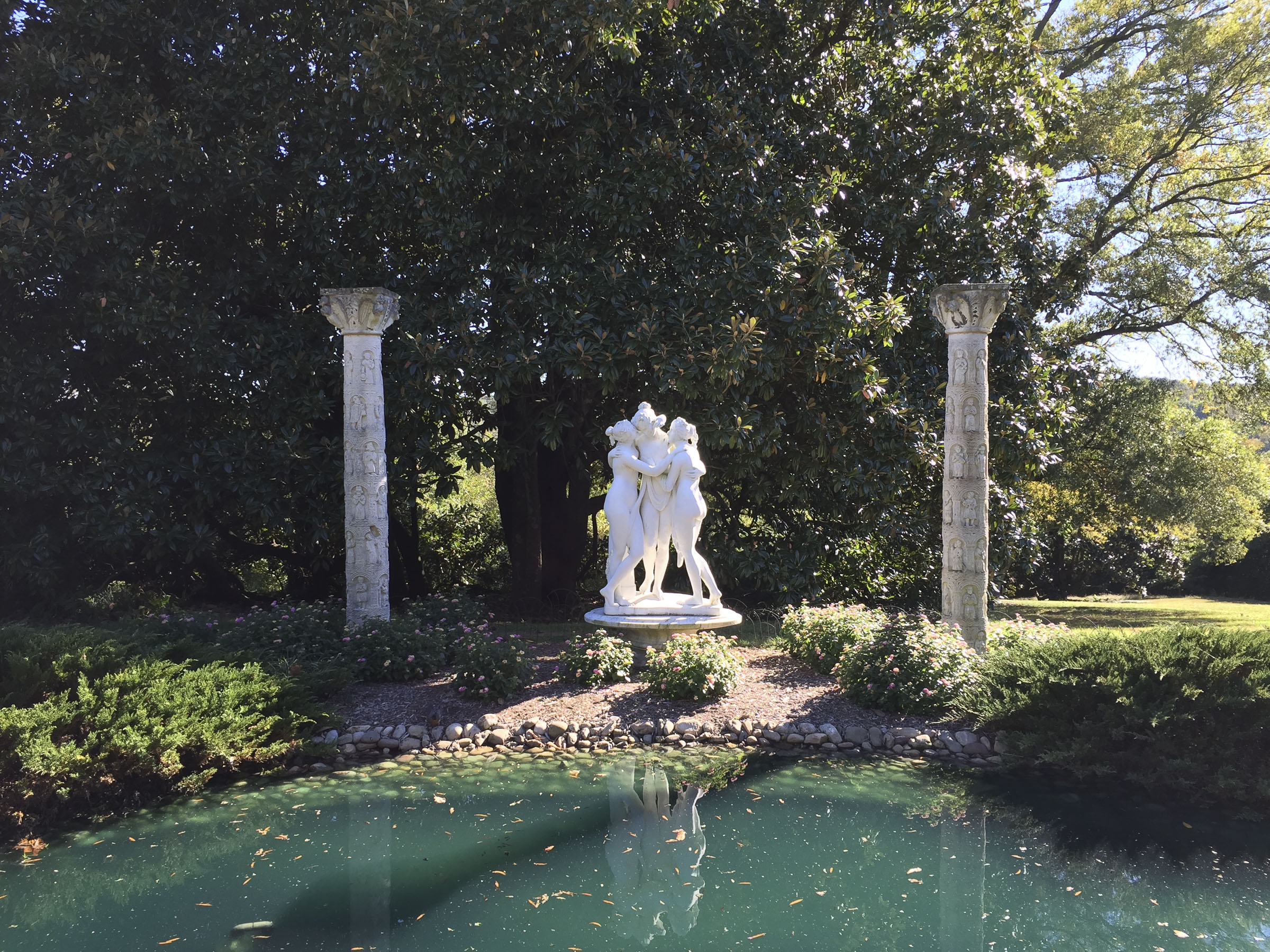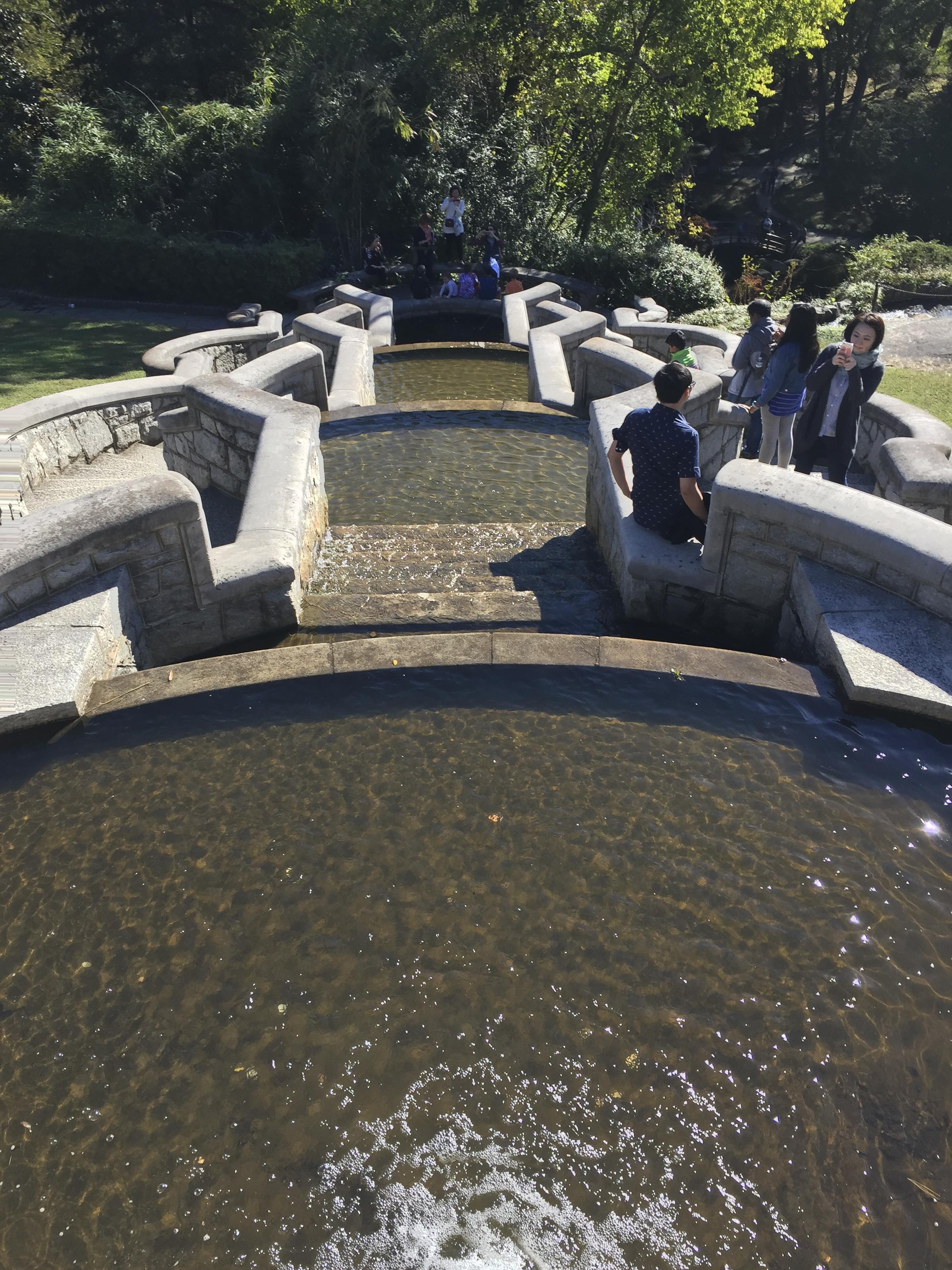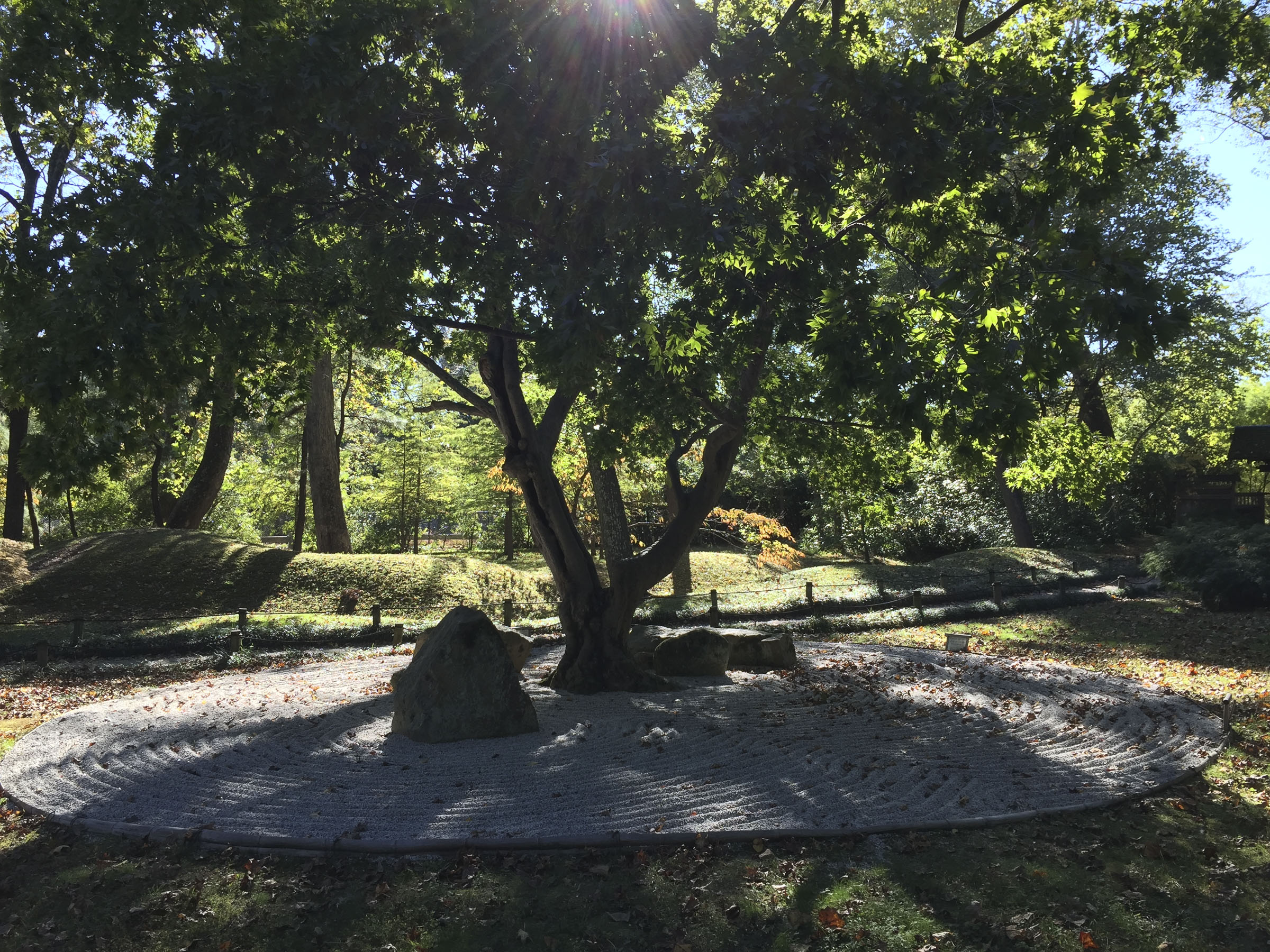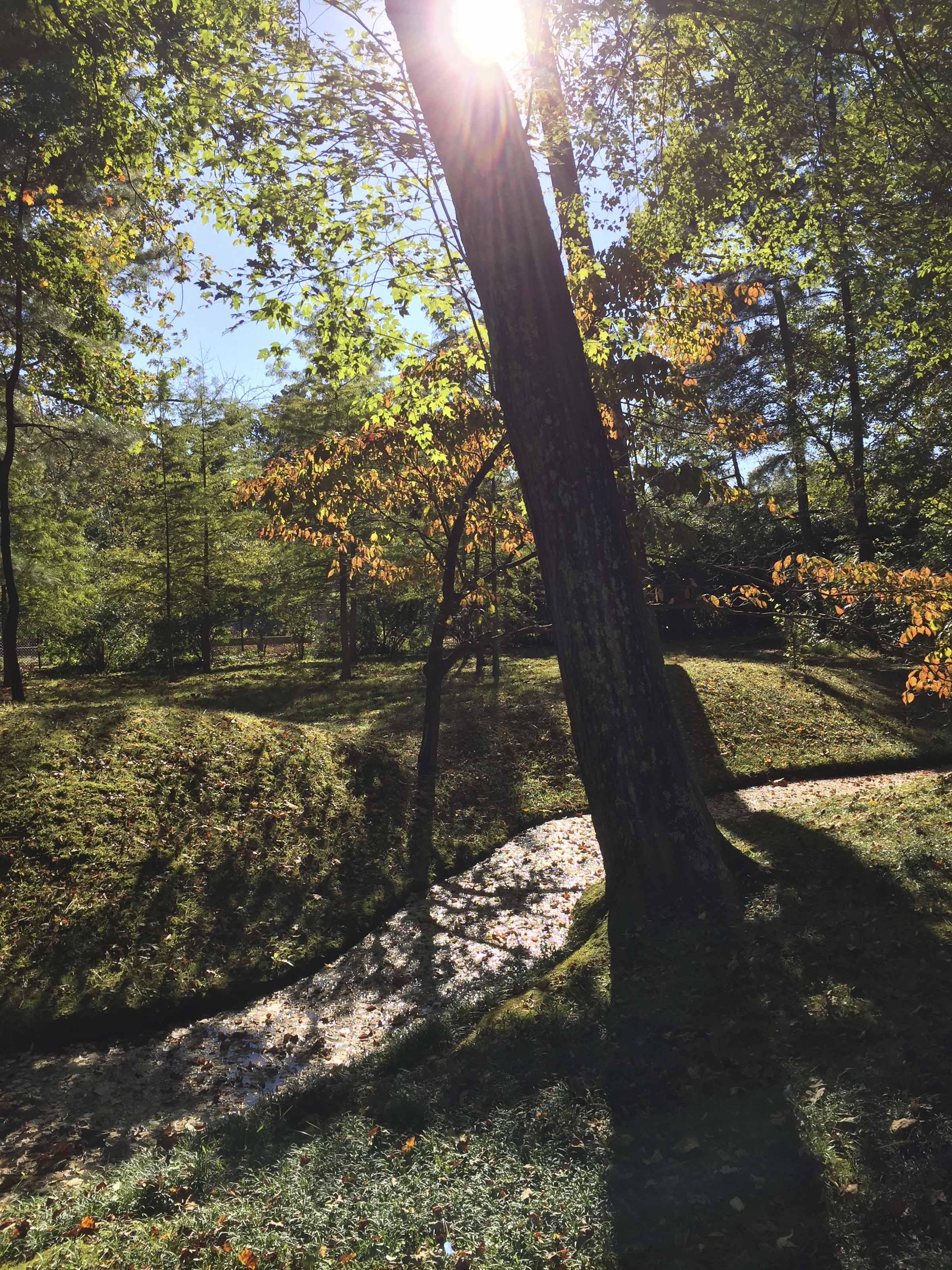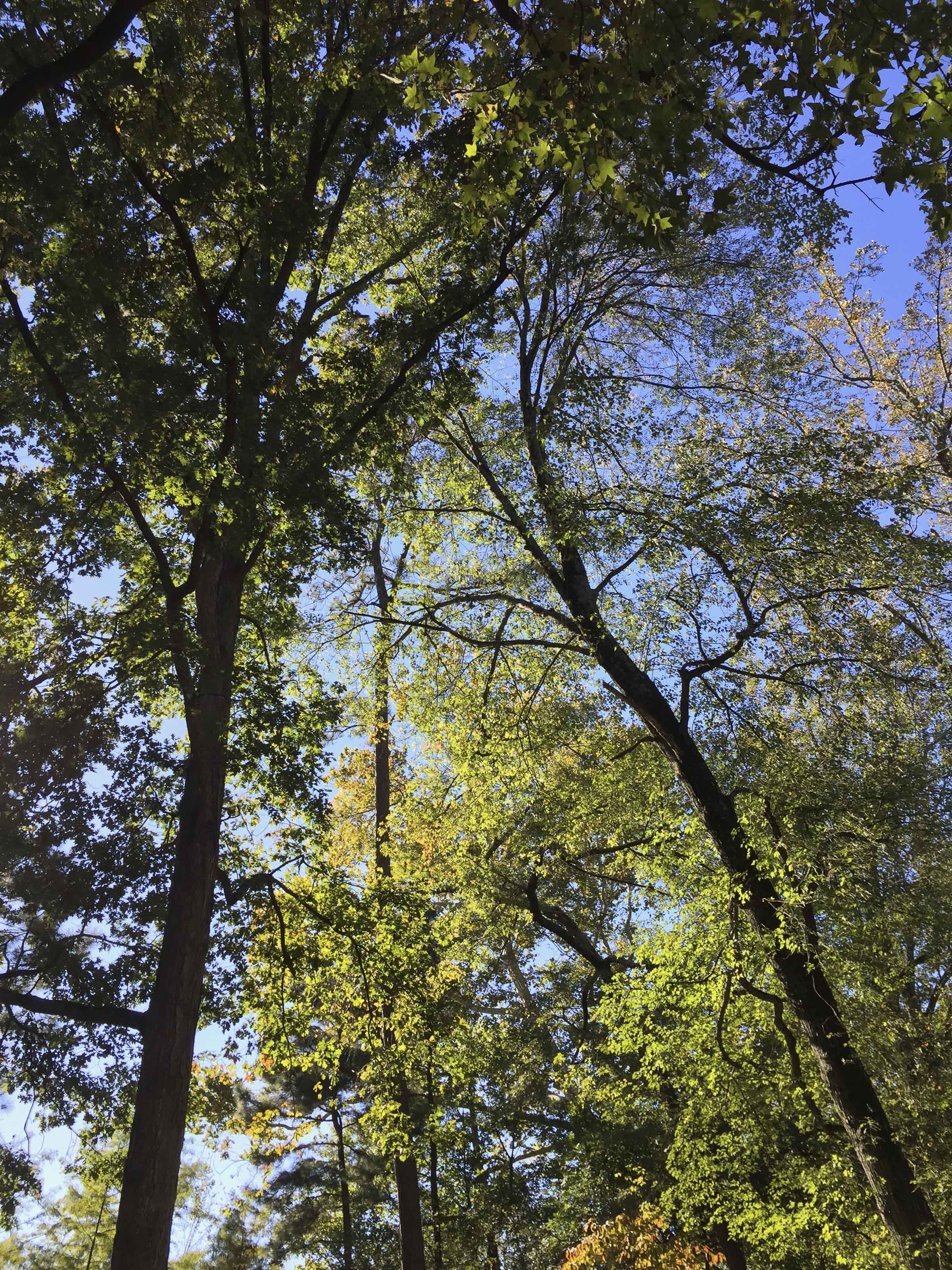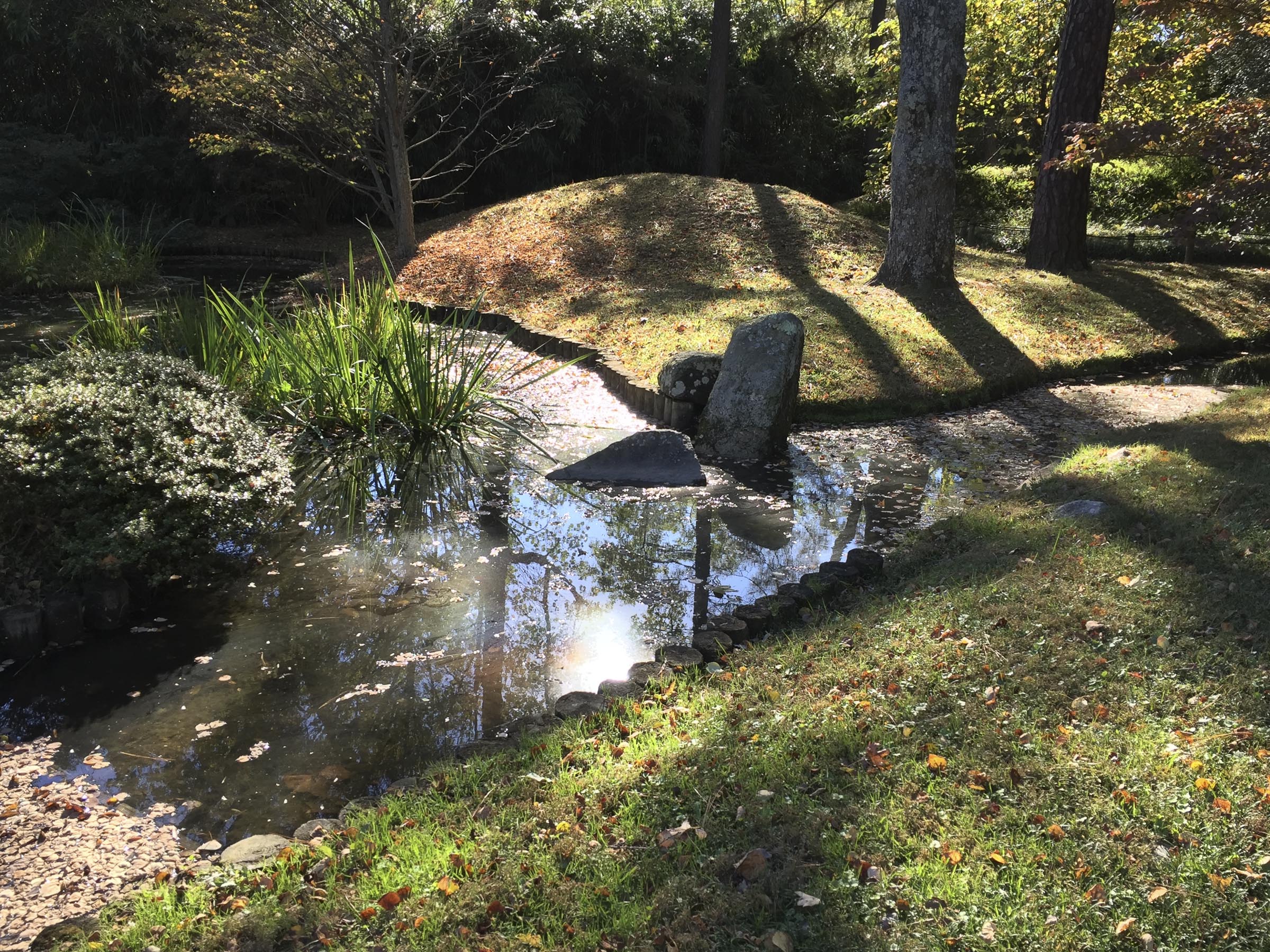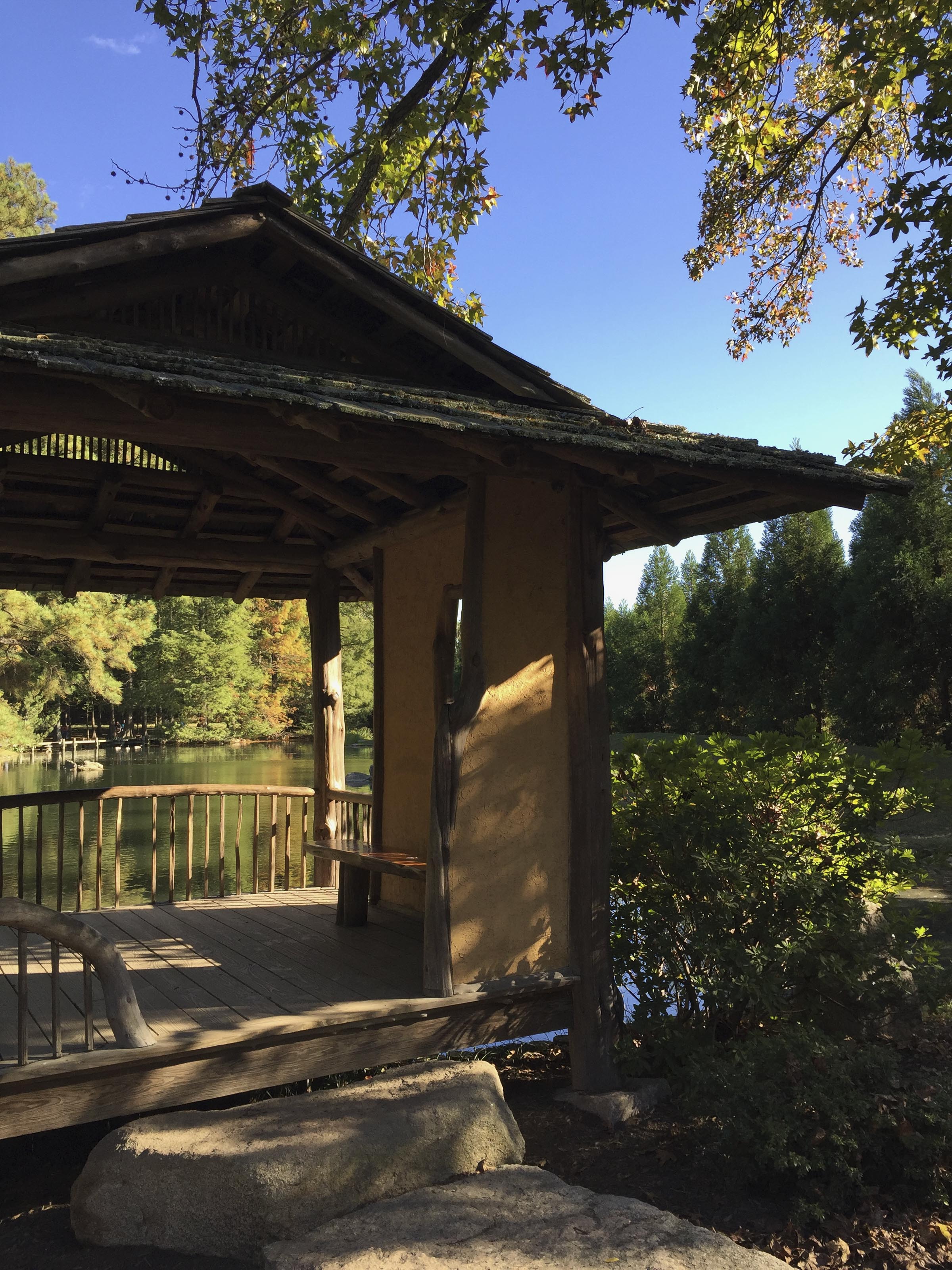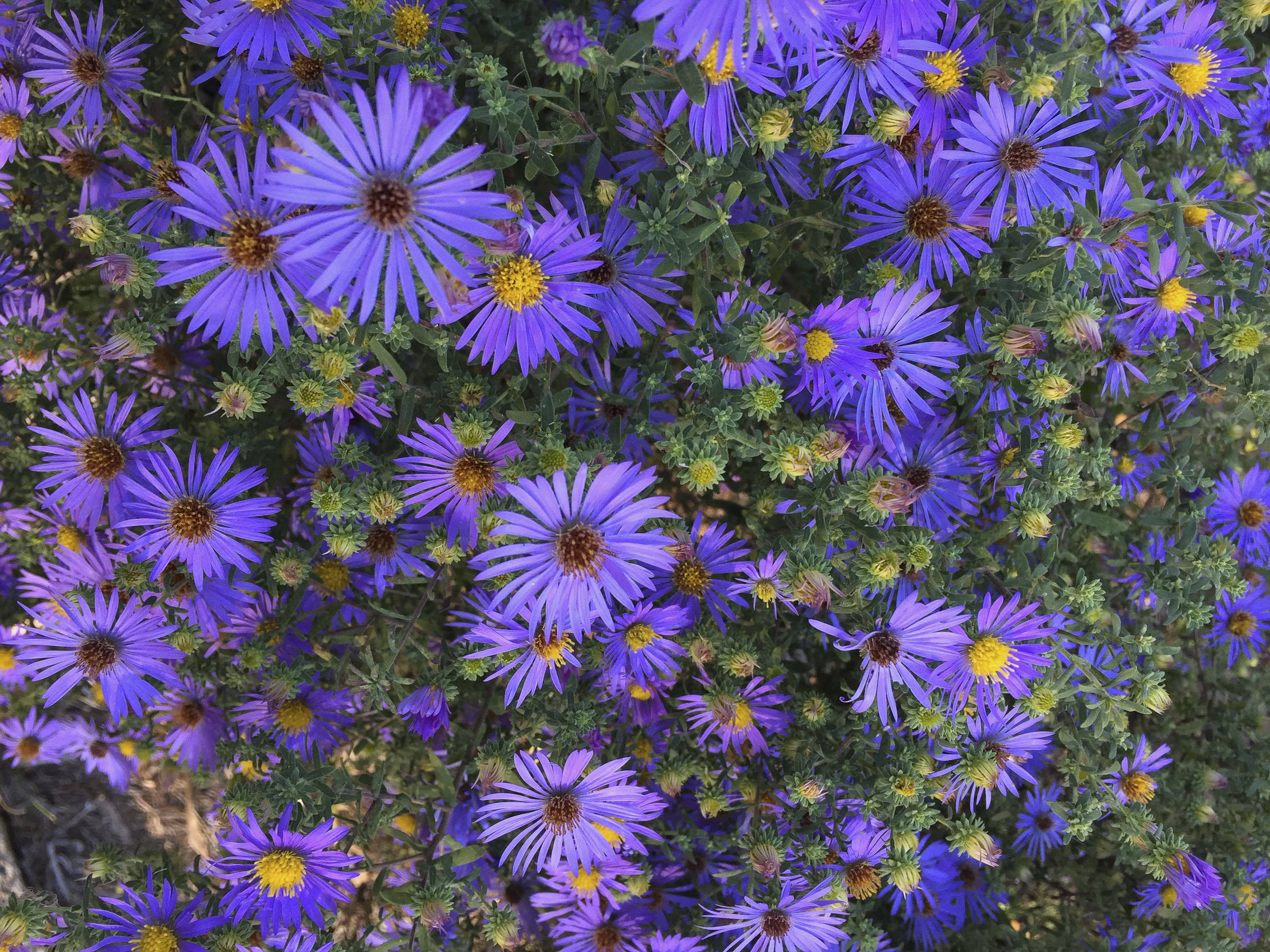Twin Hickory is a planned community located in Glen Allen, VA, near Richmond city. It consists of over 1,400 homes*, 18 neighborhoods*, a shopping area, a YMCA facility, a high school (Deep Run High School), several smaller schools, and several parks. It is located between Short Pump Town Center and Nuckols Road, alongside I-295 and Twin Hickory Road. The community can be accessed through Exit 178A of I-64 and Exit 51A/B of I-295. Twin Hickory is one of the biggest communities in Short Pump area, with a selection of homes including single-family homes, townhouses, and condominium homes.
Twin Hickory Clubhouse, and pools.
Managed by The Twin Hickory Homeowners’ Association, Inc., the community is famous for its amenities, landscape design, and architectural integrity. The profession of HOA services has contributed to the properties’ growing values in the area. The highlight of the amenities is the clubhouse area at 4601 Hickory Lake Drive. The clubhouse has a selection of pools, with a lap pool, dive pool, water-slide, and toddler wading pool, everyone can find a place to enjoy*. The pools are opened from Memorial Day to Labor Day every year. A children’s playground, several tennis courts, and pedestrian sidewalks are located near the clubhouse, sprawling around the roadside lakes. The sidewalks spawns more that 8 miles in the community, connecting the major public spaces and amenities in the area, including schools, churches, the town center, YMCA, and Twin Hickory Park and Recreation Center.
Henrico Public Library, located in the park and recreation center.
The park and recreation center is where the Henrico County Public Library locates, as well as a place for community get togethers and summer activities. During early autumn, the place is already a little quiet as RLRVA editor visits, but folks nearby have really good memories about it, they still talked about the Volkswagen Beetle show happened last year, and the children’s water playground installed this summer. The warm autumn sun means now the place is a good spot for reading and meditation. The Henrico Public Library, as people gathers, provides service for residents within and beyond Twin Hickory. The library is free to the public, it opens yearly from 9 am to 9 pm during weekdays, and 9 am to 6 pm during weekends. The library also features a drive-in service window where people can loan and return books, making life in Twin Hickory more convenient.
Deep Run Hight School
Located in 4801 Twin Hickory Road, Deep Run High School is a magnet public high school in Henrico County, Virginia. It is named after one of Henrico County's first schools: Deep Run School. With over 1700 students, 110 teachers, and a history of alumni excellence, Deep Run High School is ranked as the 8th "Top School" in Virginia and the 278th best high school in the United States by U.S. News & World Report**. Combining other elementary schools in the community, as well as the two universities downtown (Virginia Commonwealth university, and University of Richmond), Twin Hickory provides education for families with quality and convenience.
YMCA center and town center in Twin Hickory.
Shady Grove Family YMCA*** center is located in the intersection of Nuckols Road and Twin Hickory Road. The center provides programs and services for all ages, ranging from $20 to $40 per person per month. The center is highly rated (4.5 out of 5, via Google) by residents in Twin Hickory, and has become a community place for connecting people and building healthier life since 1995. The center also provides various fitting and training lessons, such as yoga and swimming. The center, alongside with 16 other YMCA centers in Greater Richmond area, is indeed a place that keeps the kids, the families, and the community strong.
Overall, in Twin Hickory homeowners are responsible for the maintenance of their own lots and homes, with the exception of some neighborhoods that are maintenance free. They include Bellingham, Belmont Park, Holly Glen, Jamerson Park & Park Commons, where sub-associations of Twin Hickory HOA provide additional assessments and services. The community has its own small town center, with shops, restaurants, a grocery store (Food Lion), and other conveniences such as CVS Pharmacy. Twin Hickory is also conveniently located near many local major shopping spots, including Short Pump Town Center and West Broad Village.
Homes in Twin Hickory community:
Looking for a home here? There might be one for sale now! Check the link below:
* Twin Hickory HOA website: https://community.associawebsites.com/sites/TwinHickory/Pages/AcwDefault.aspx
** Wikipedia: https://en.wikipedia.org/wiki/Deep_Run_High_School
*** Young Men’s Christian Association, a community focused nonprofit providing recreational programs, short for “the Y” in the U.S..
Location:
Twin Hickory Rd, Glen Allen, VA 23059
Access via Exit 178A of I-64, or Exit 51 of I-295.
HOA Website:
https://community.associawebsites.com/sites/TwinHickory/Pages/AcwDefault.aspx
